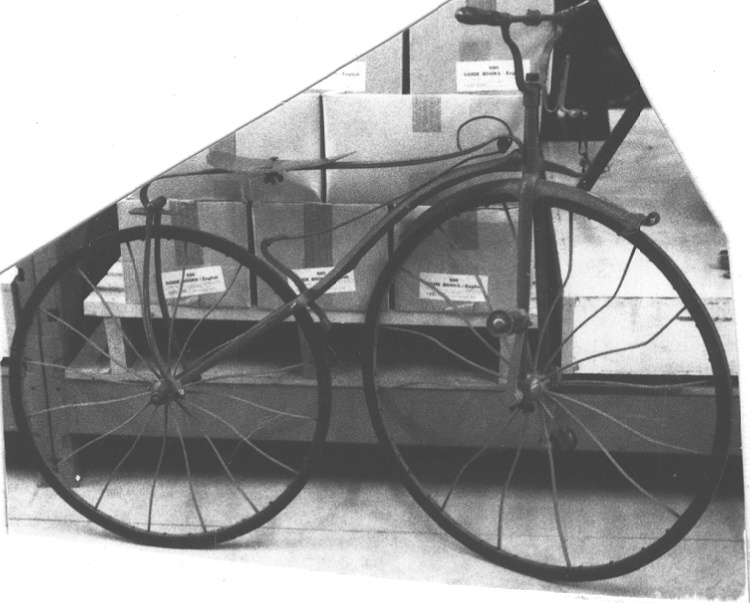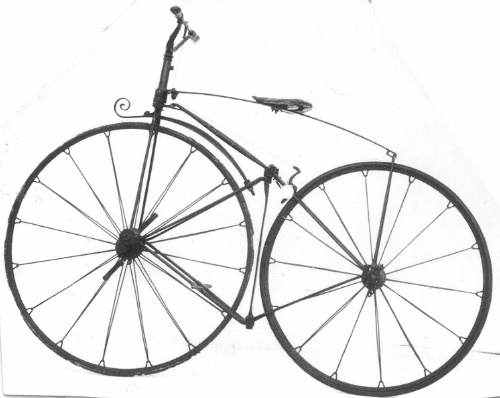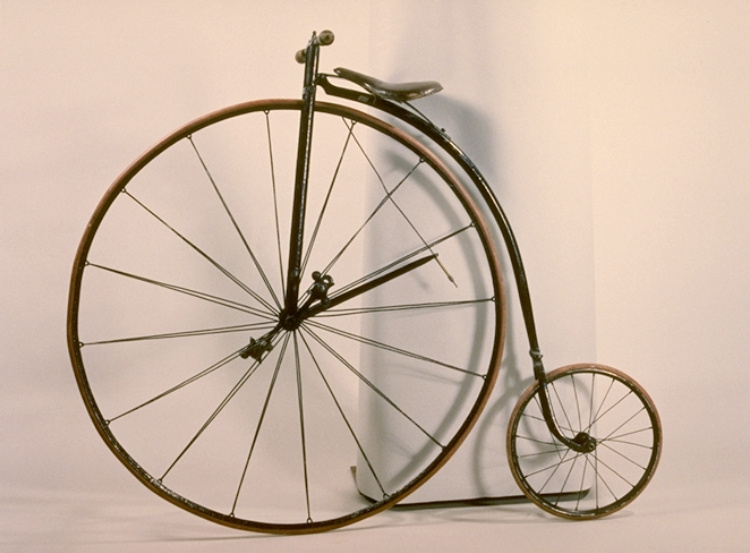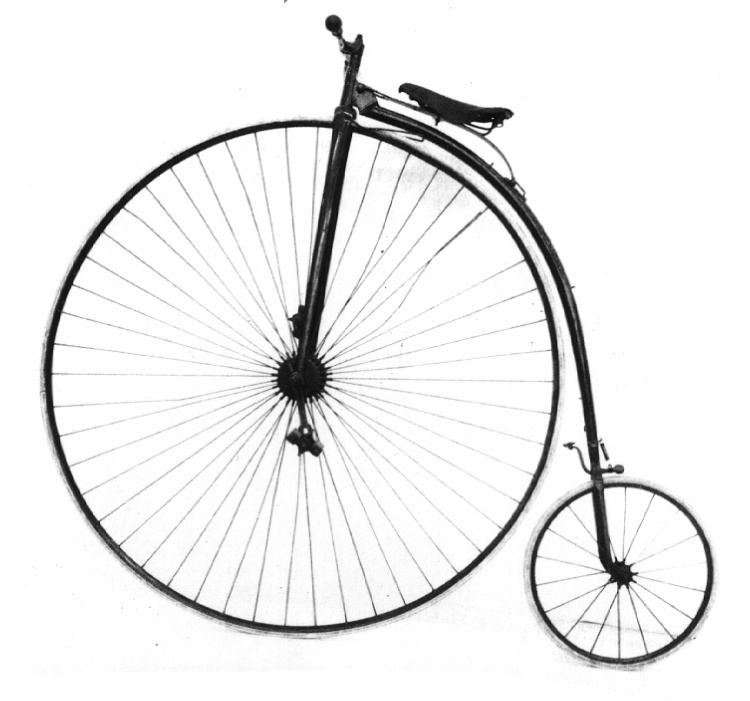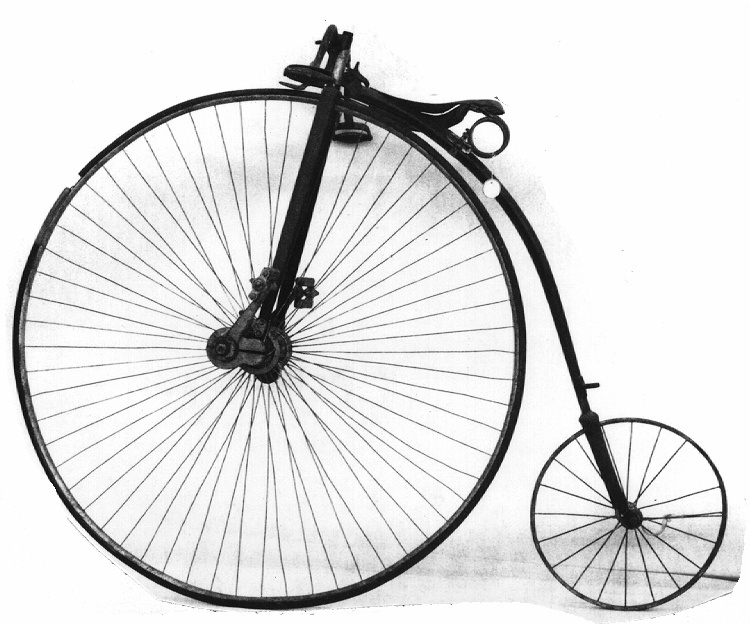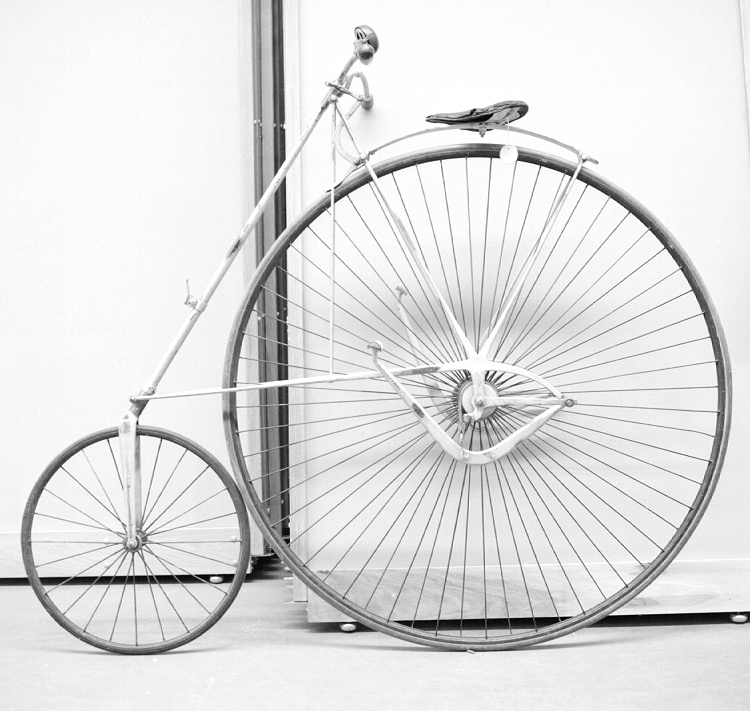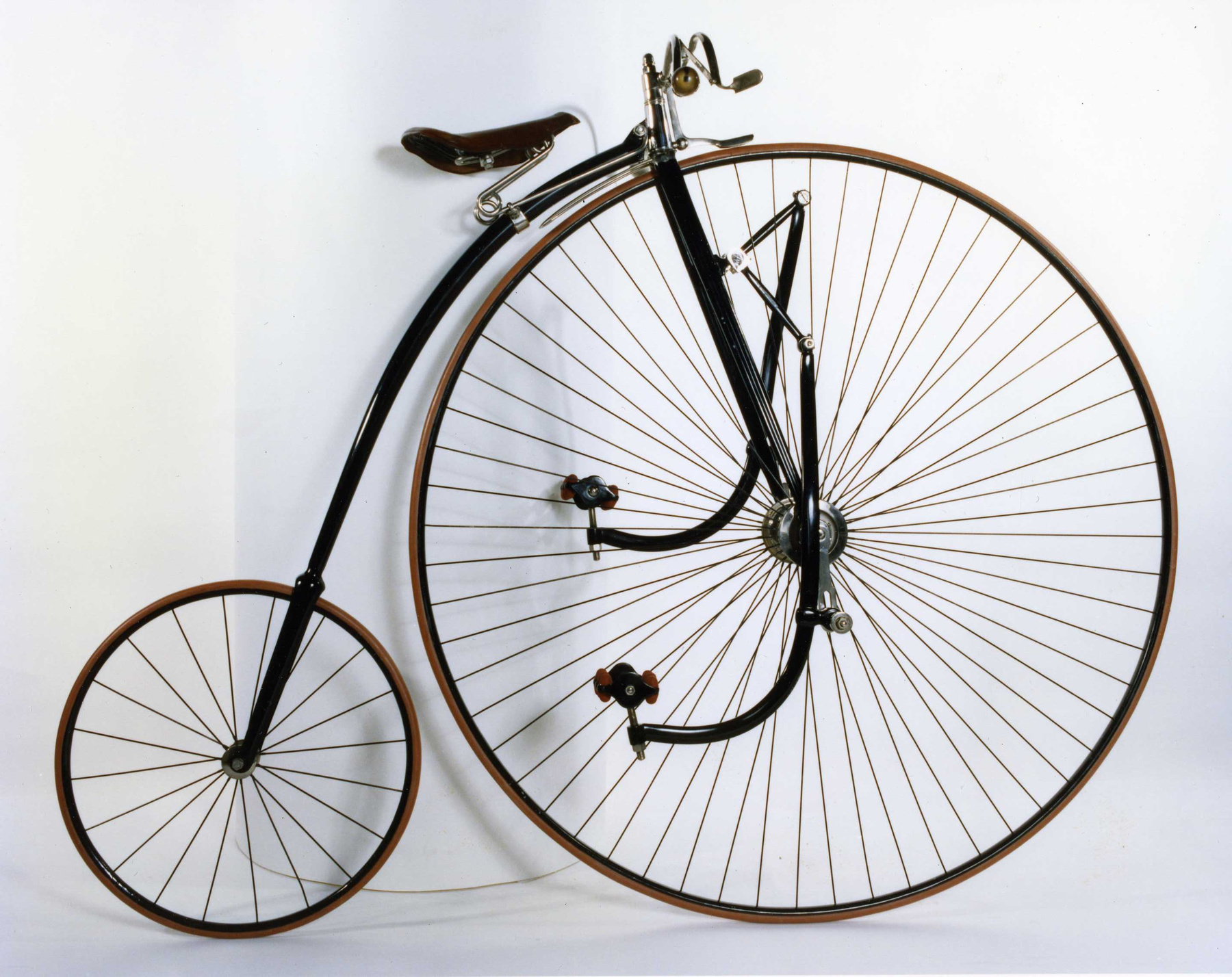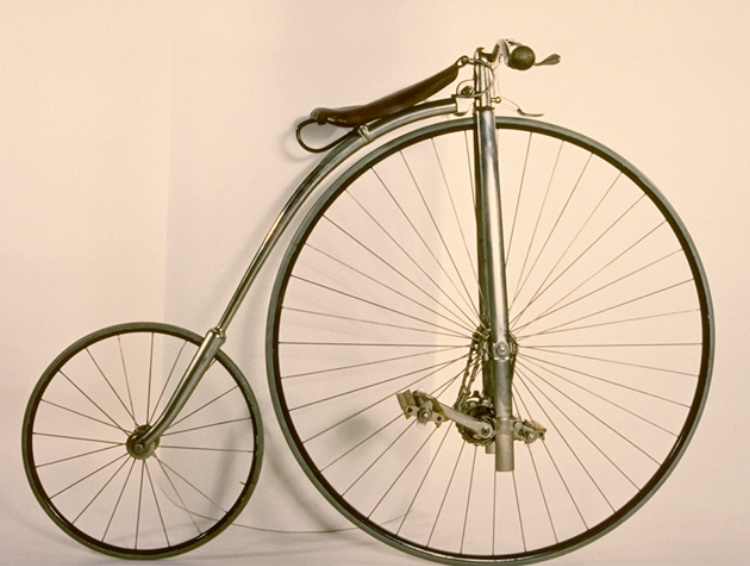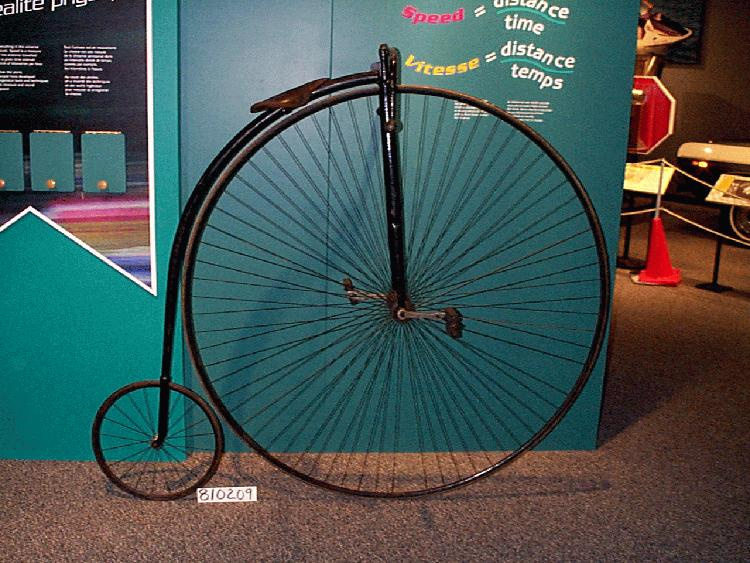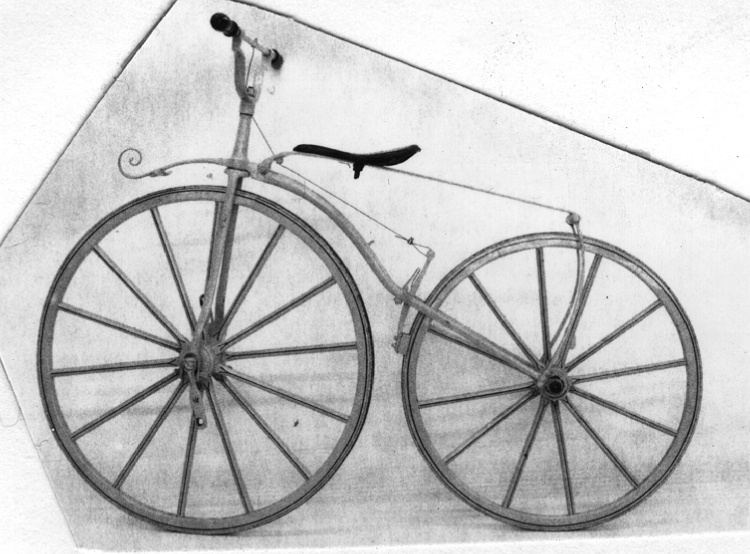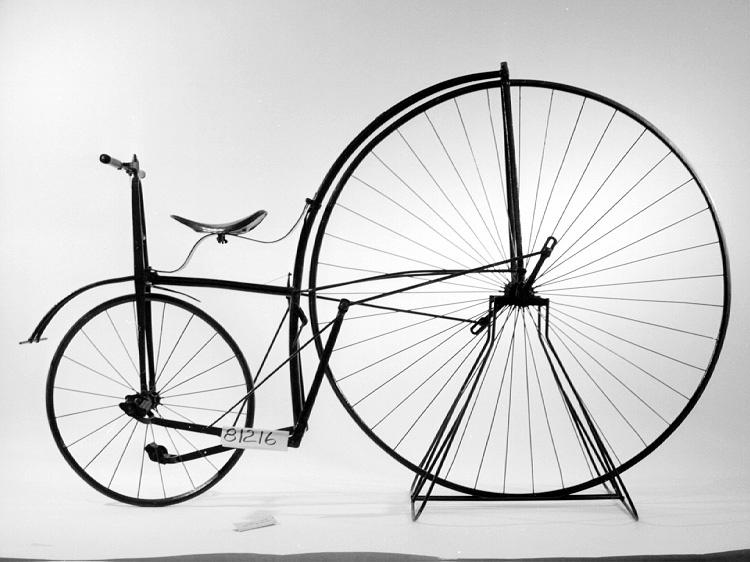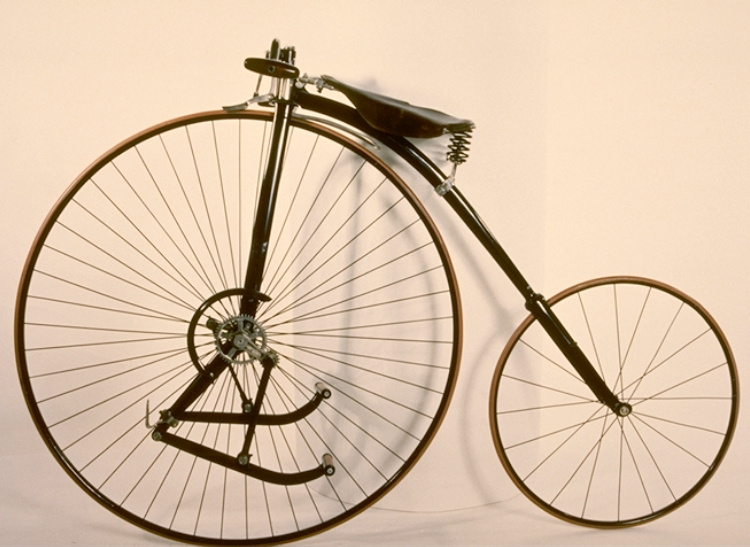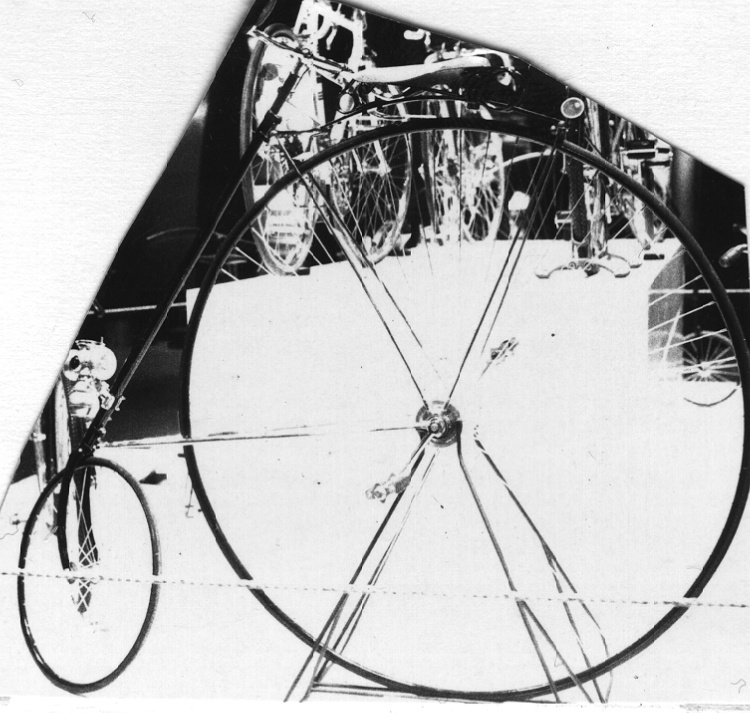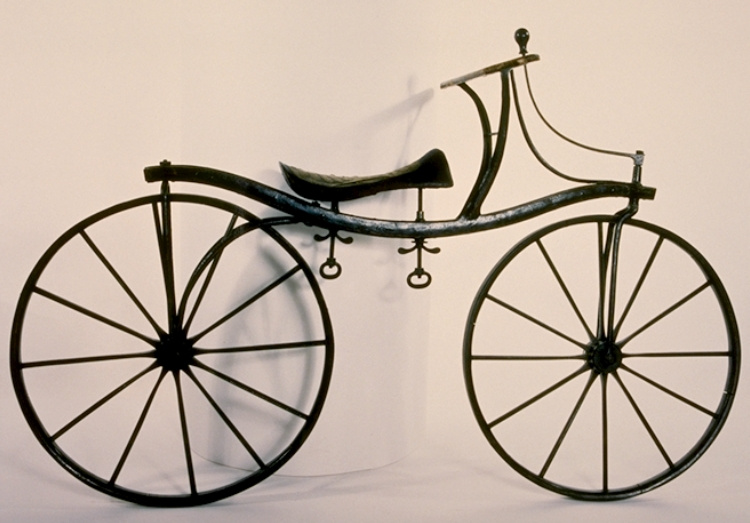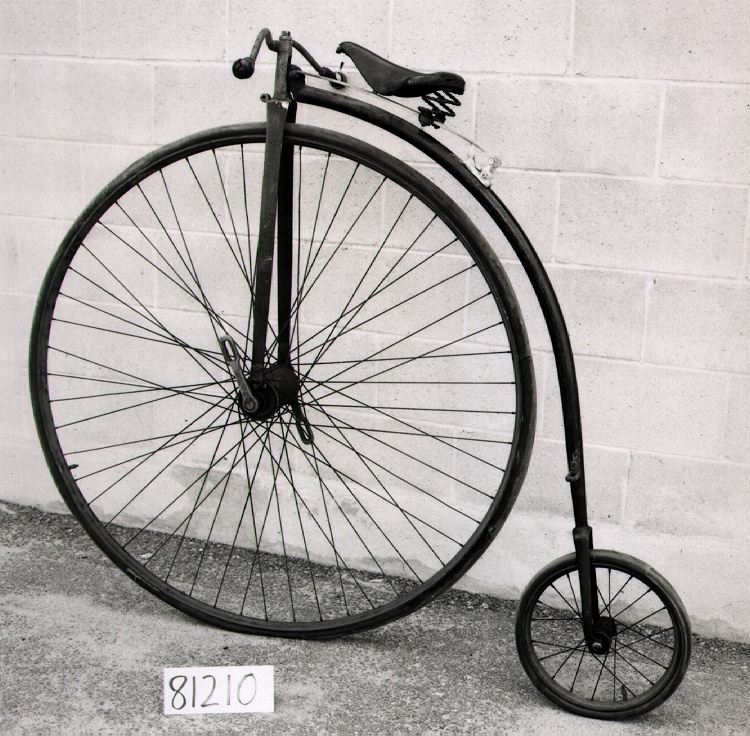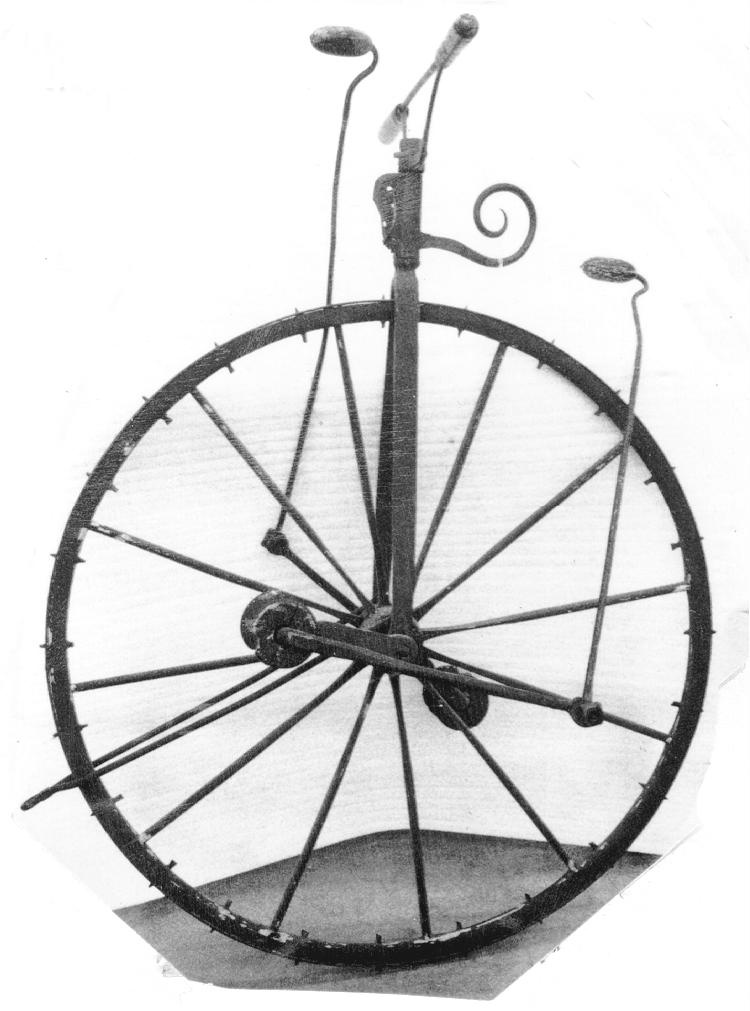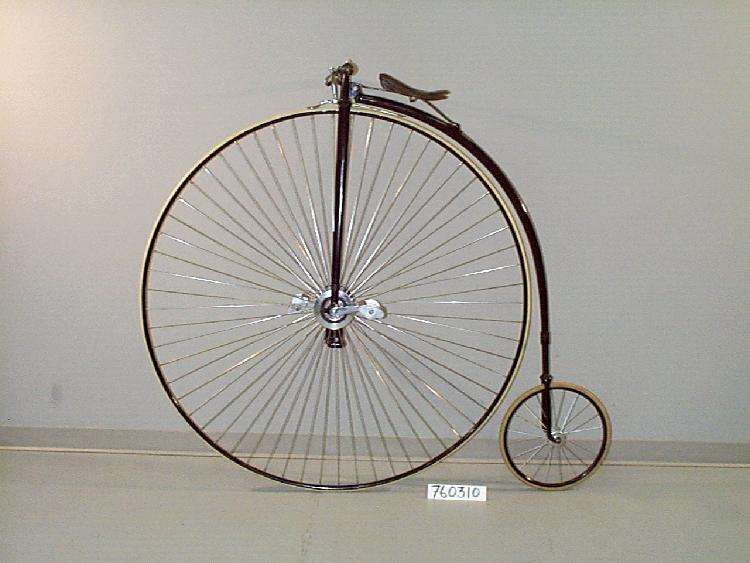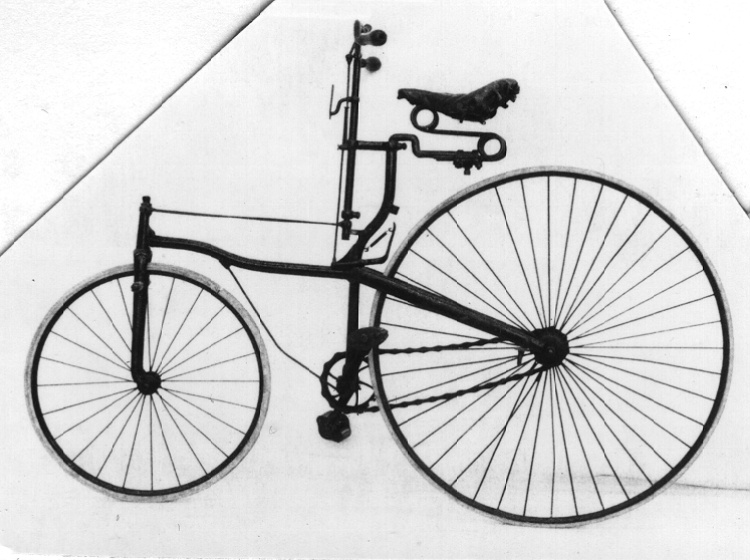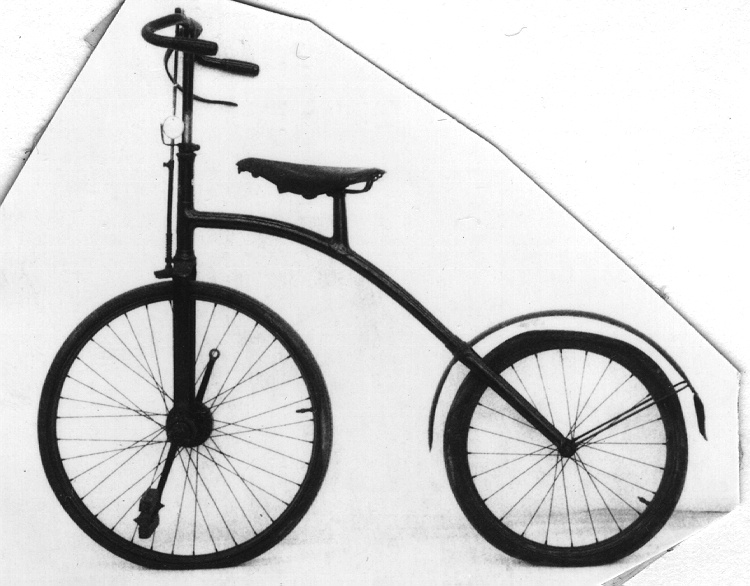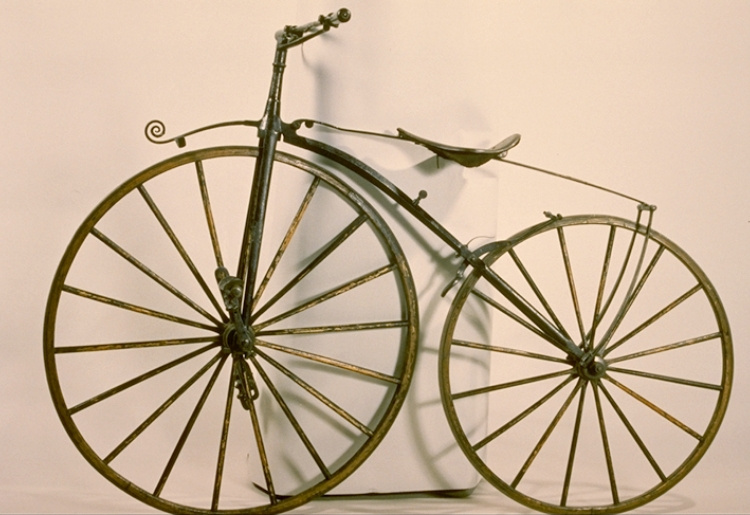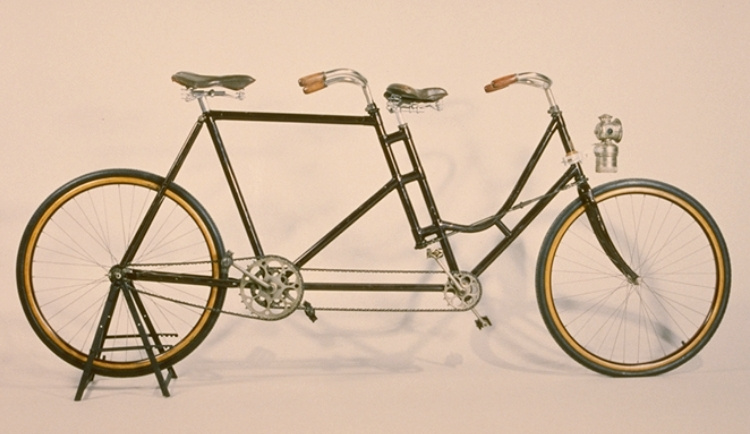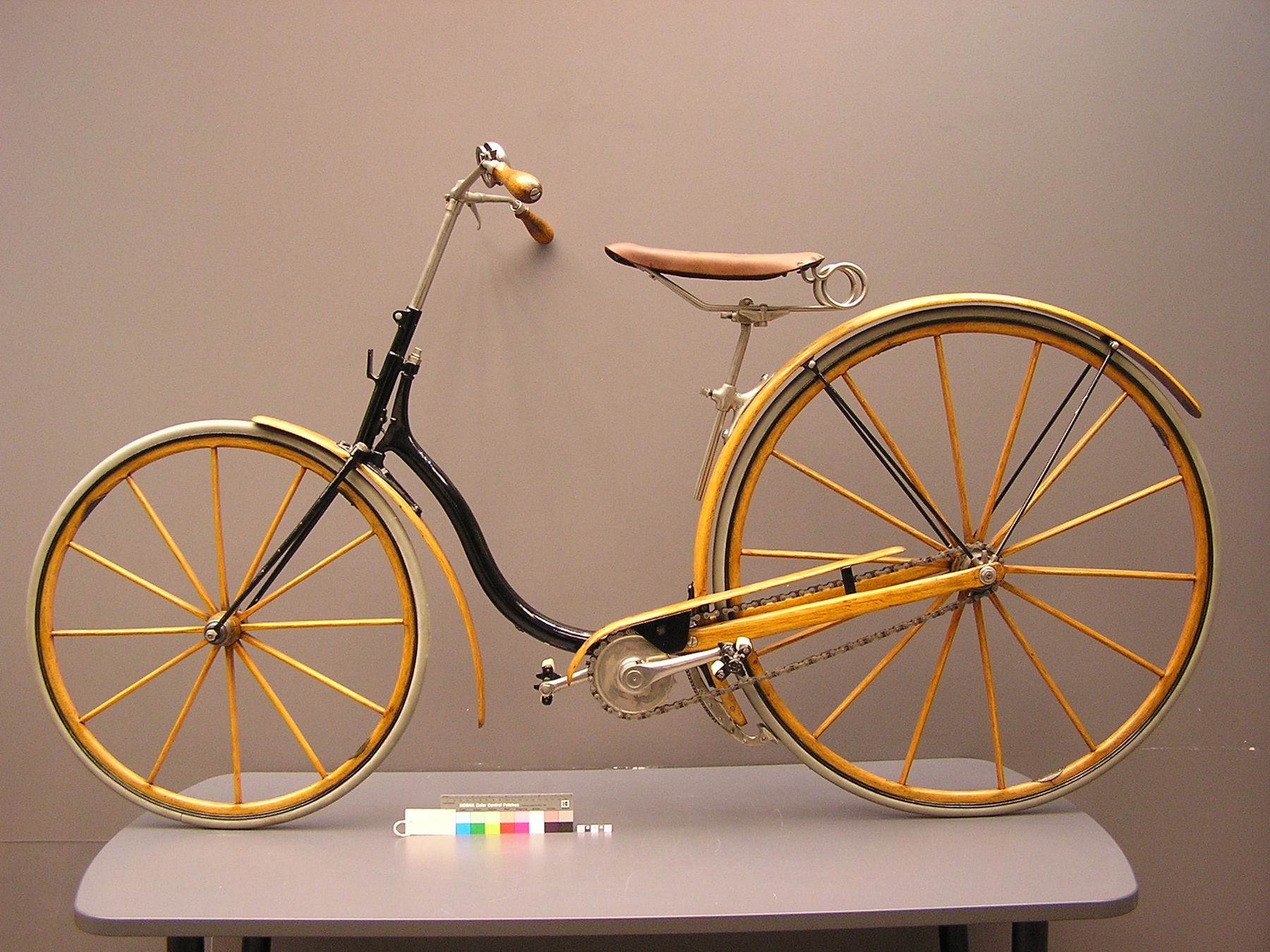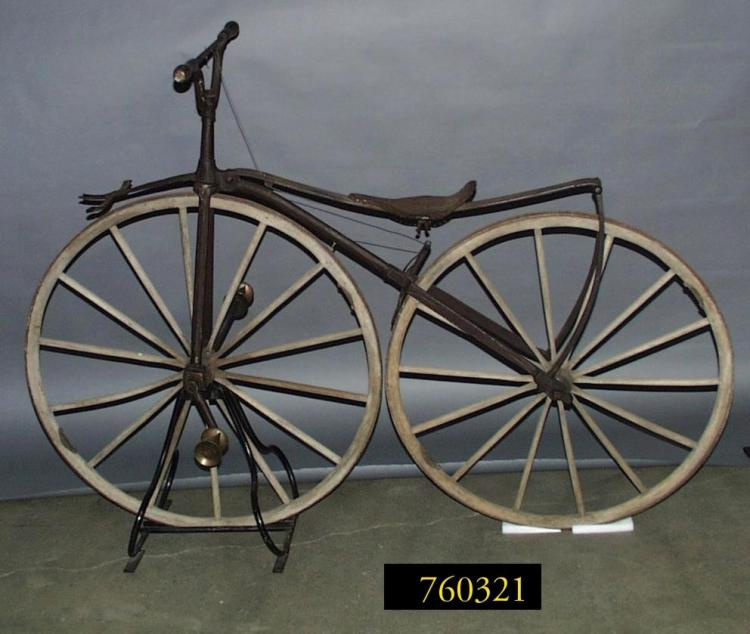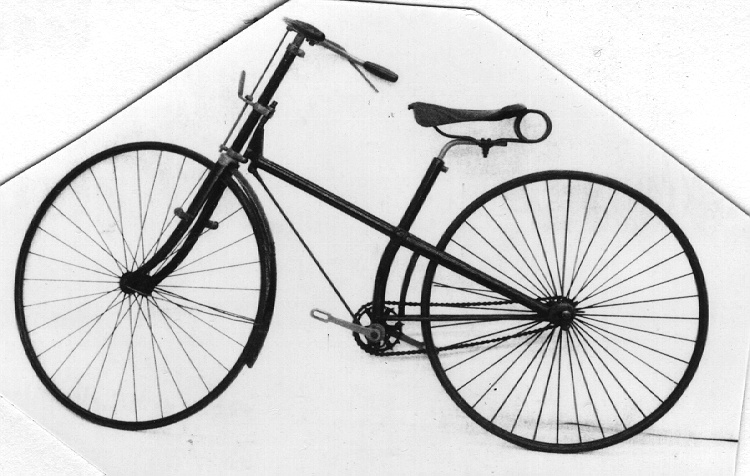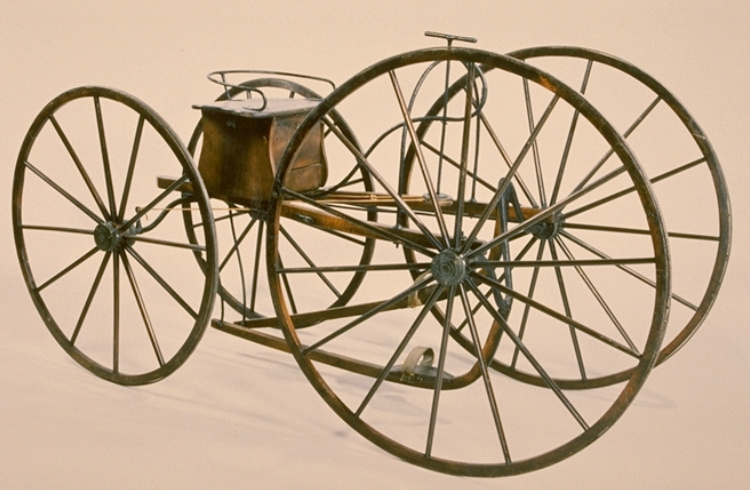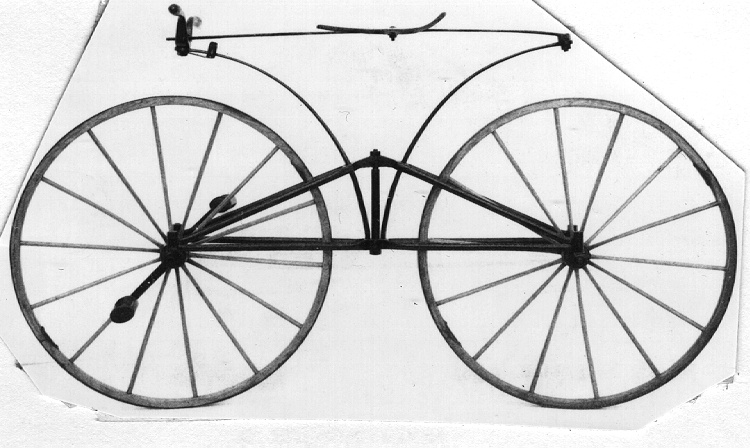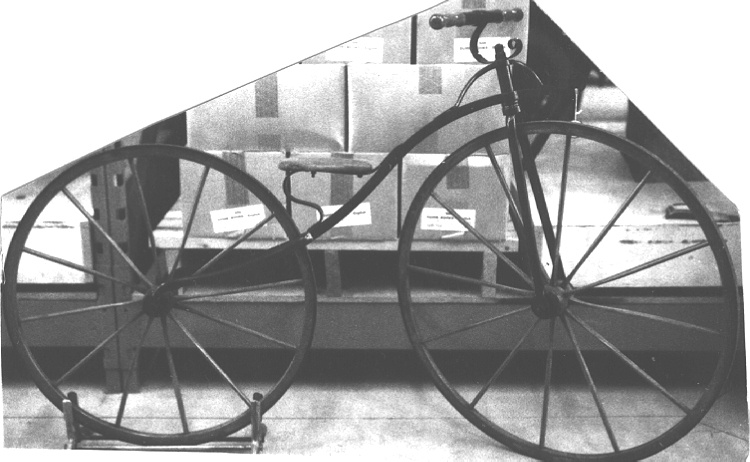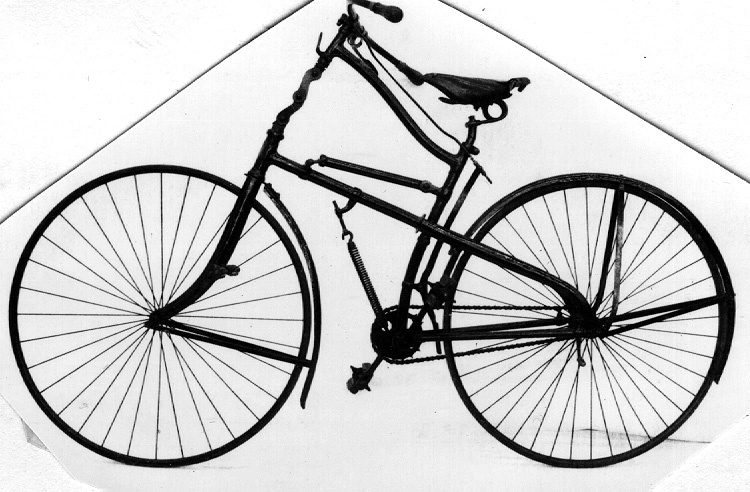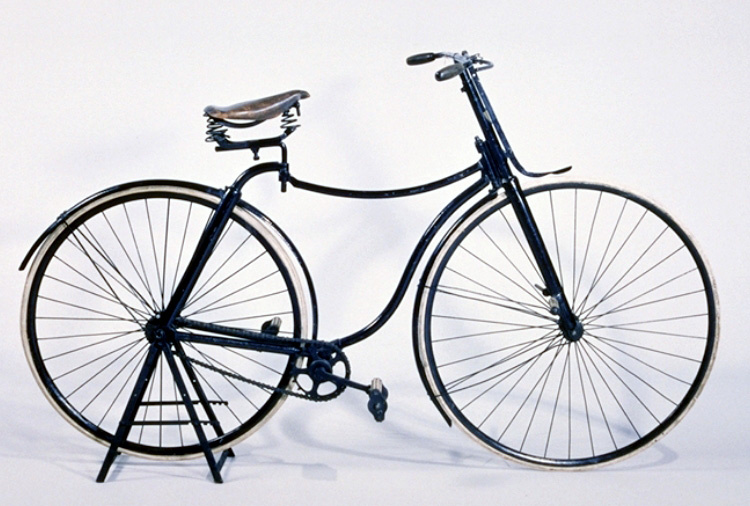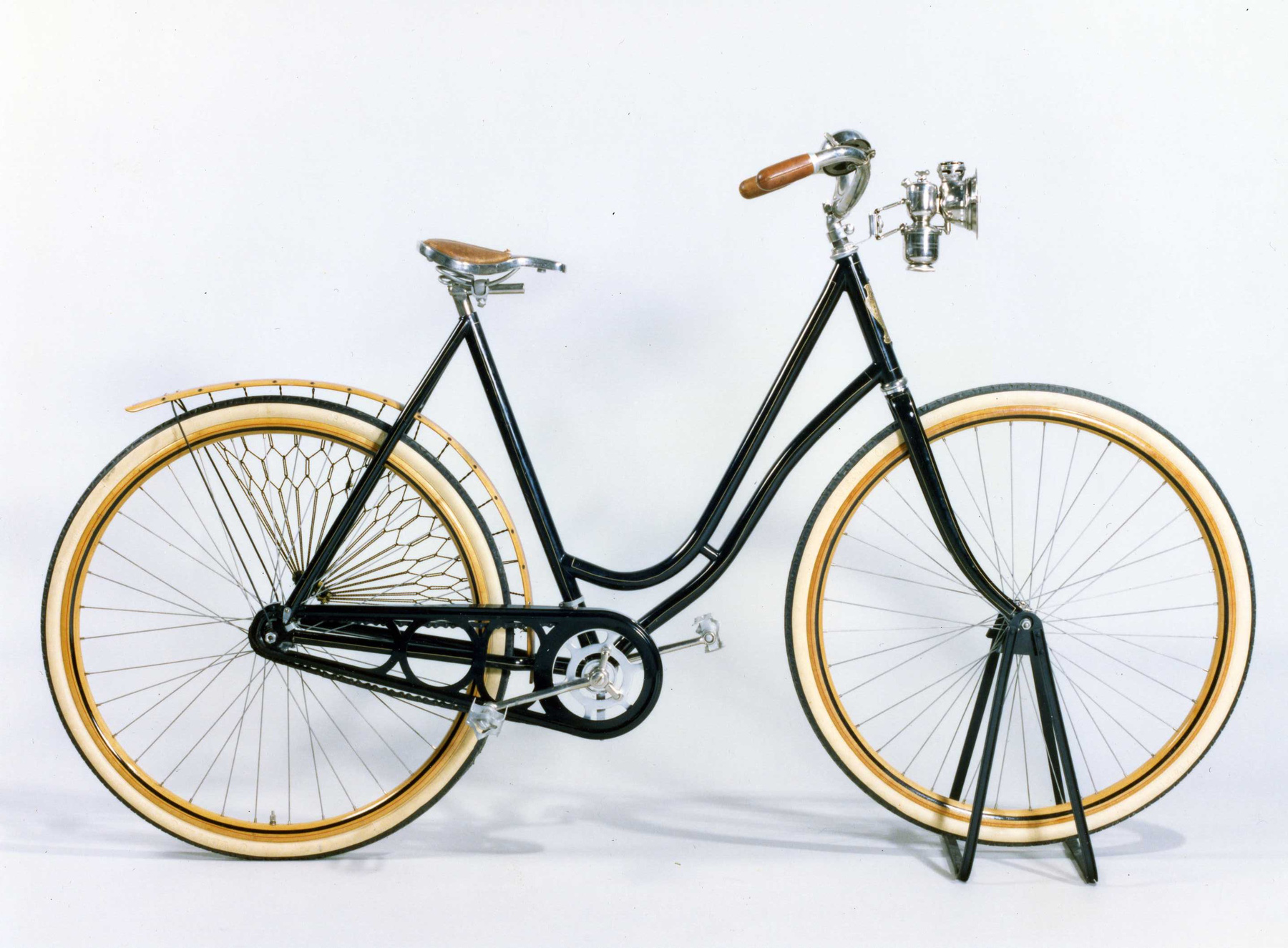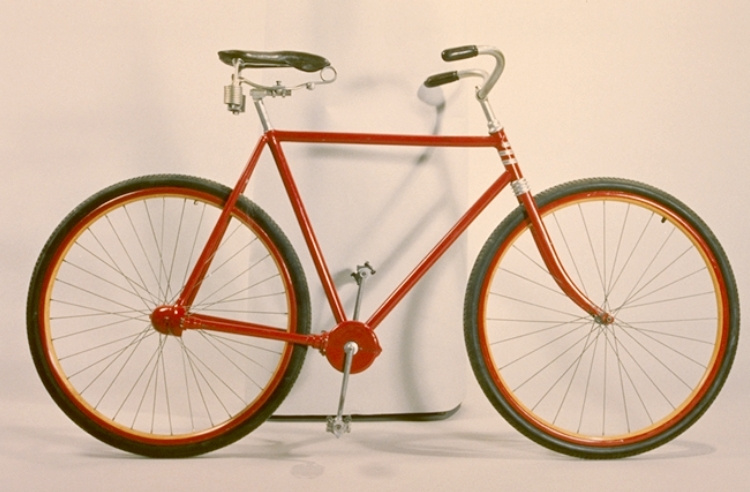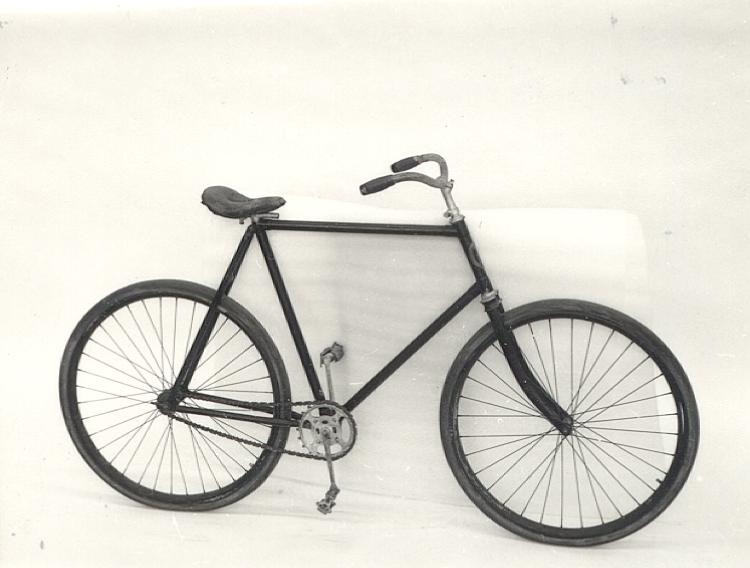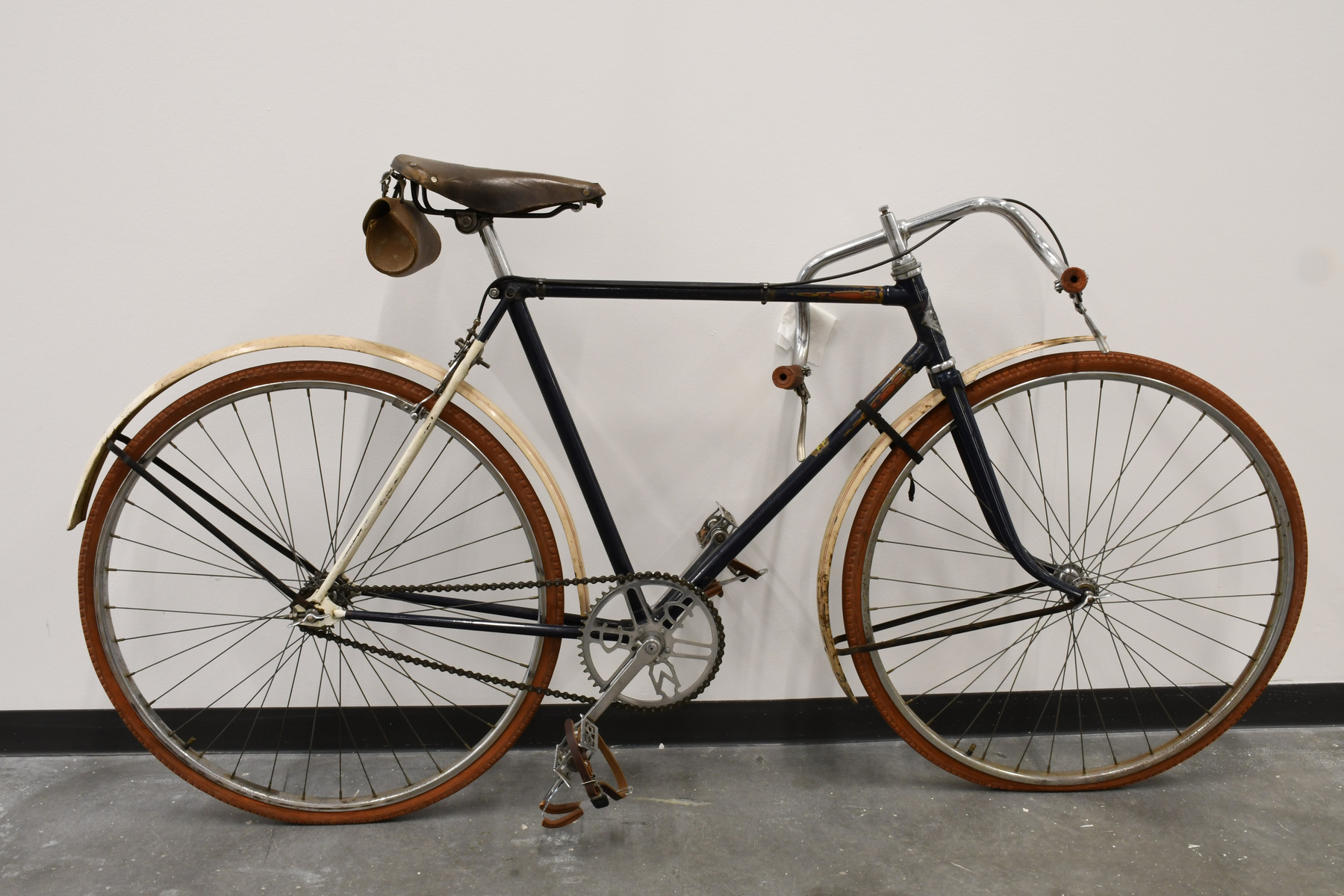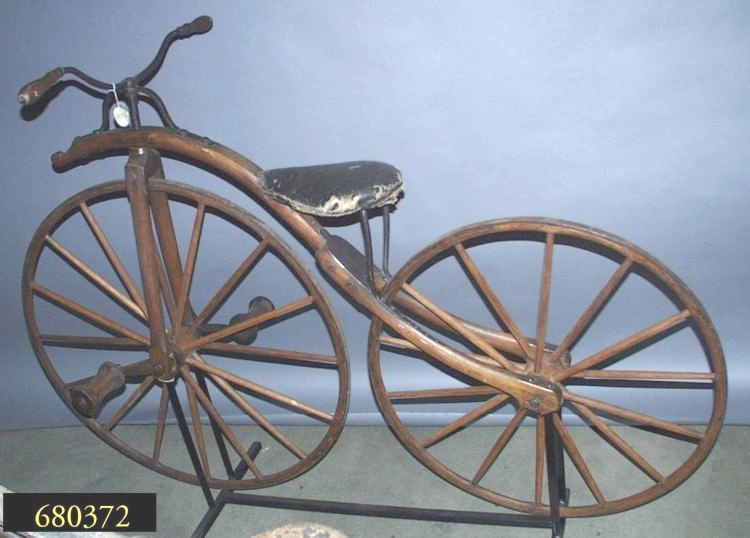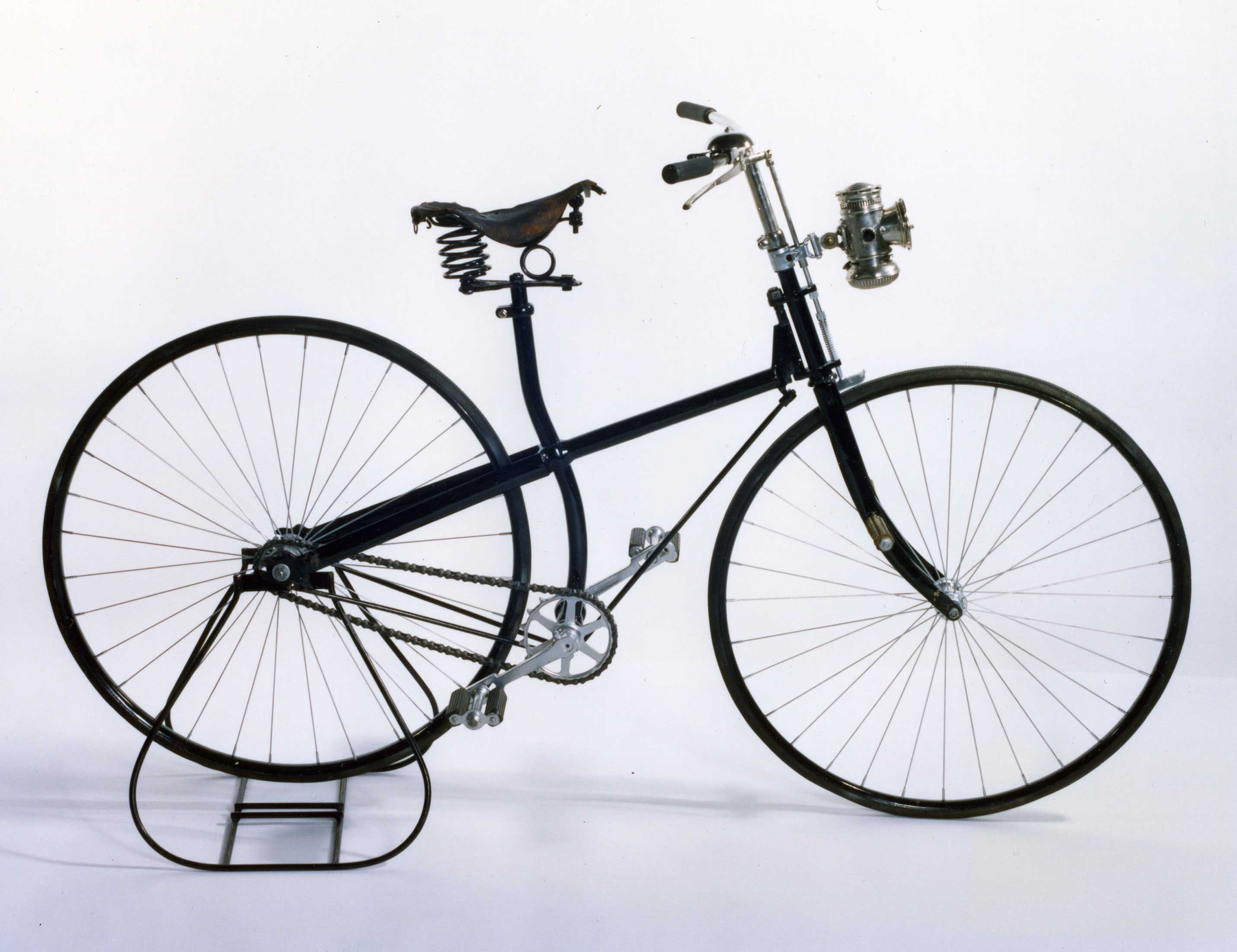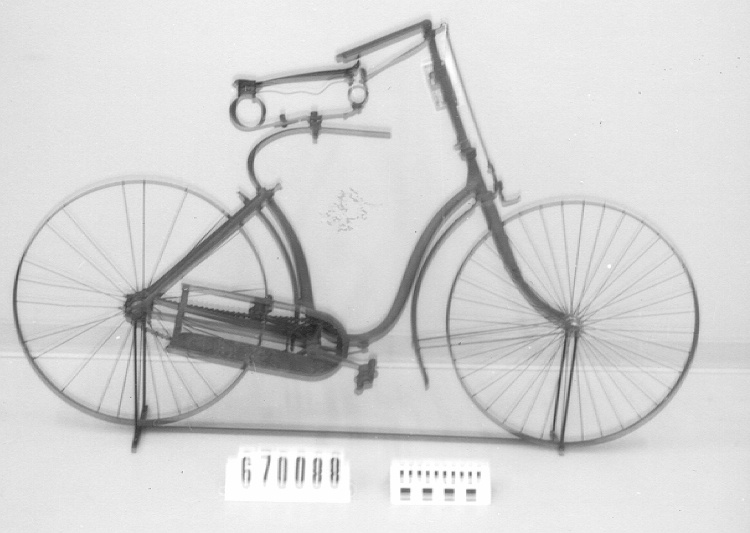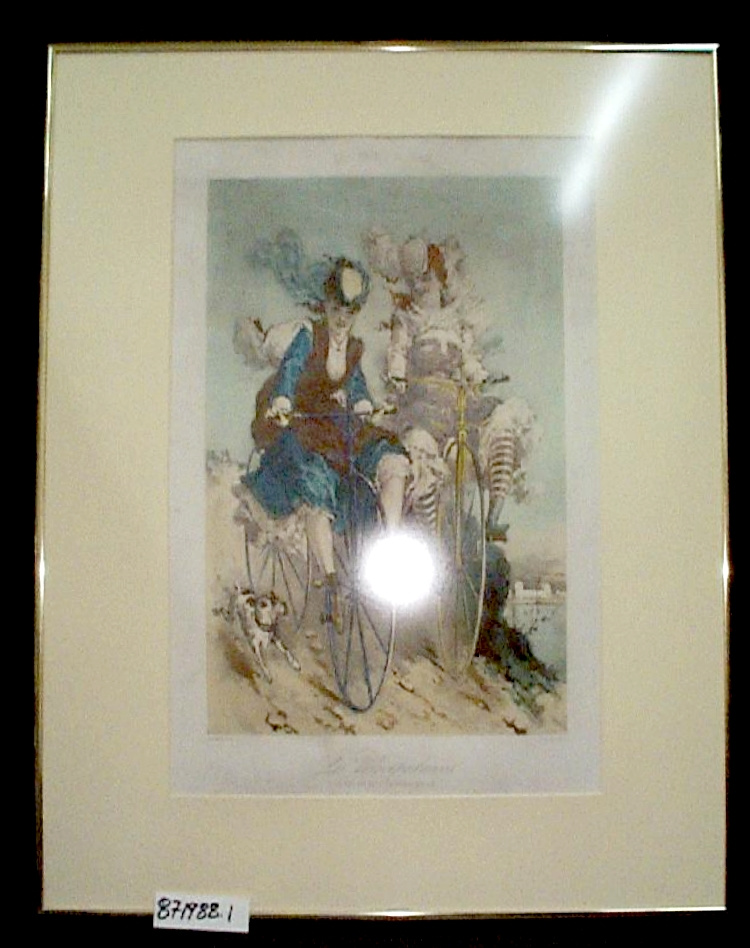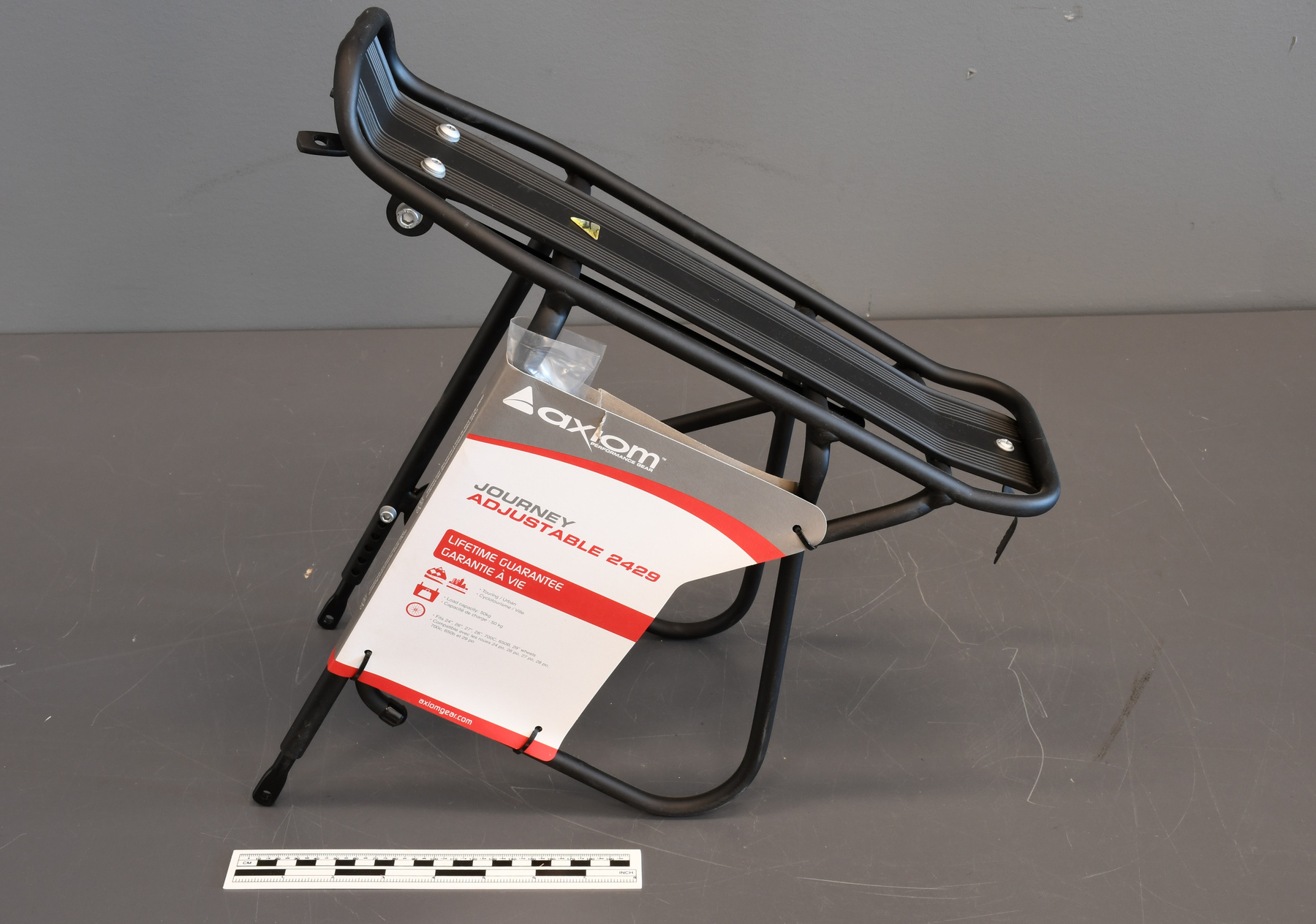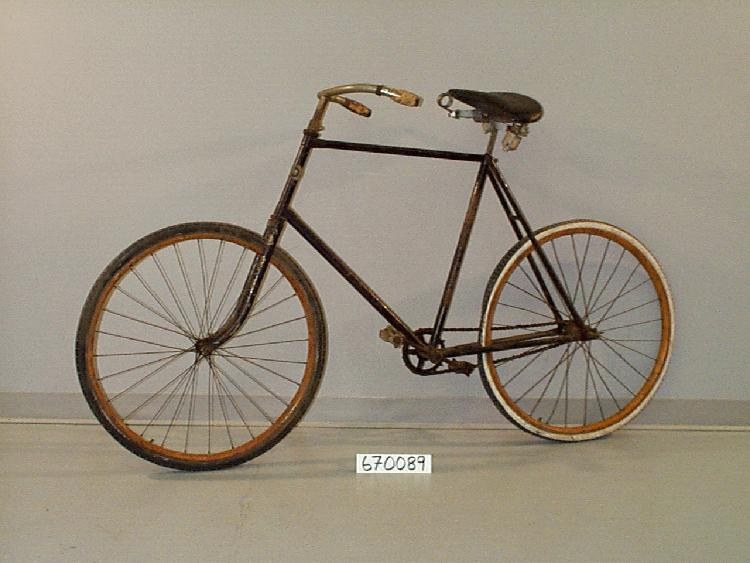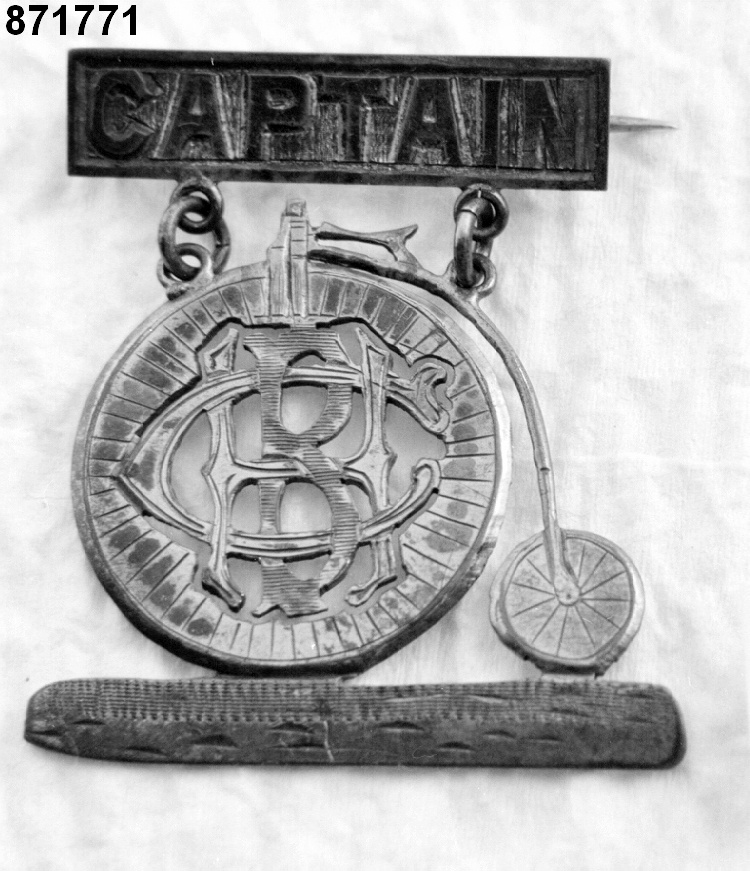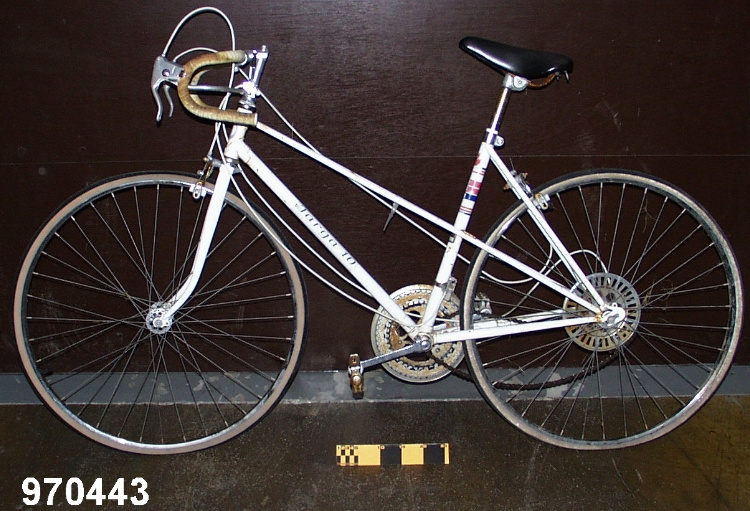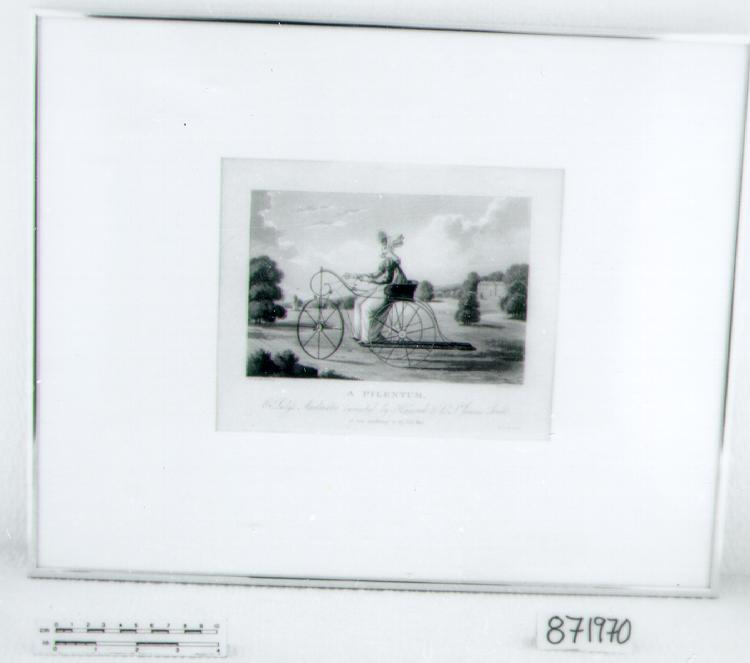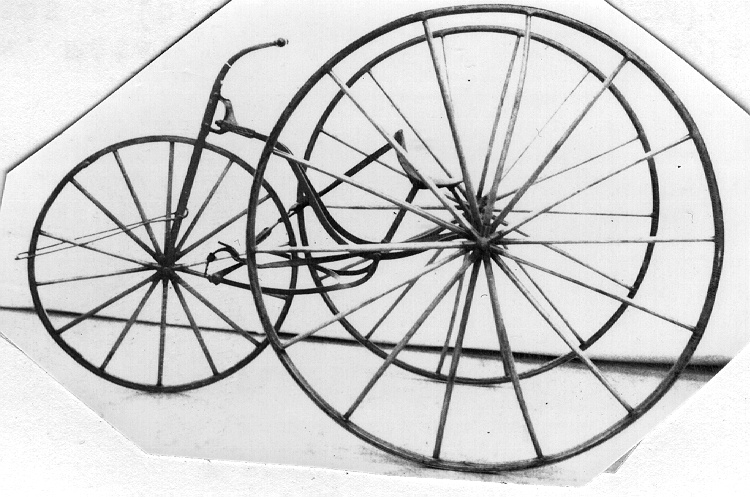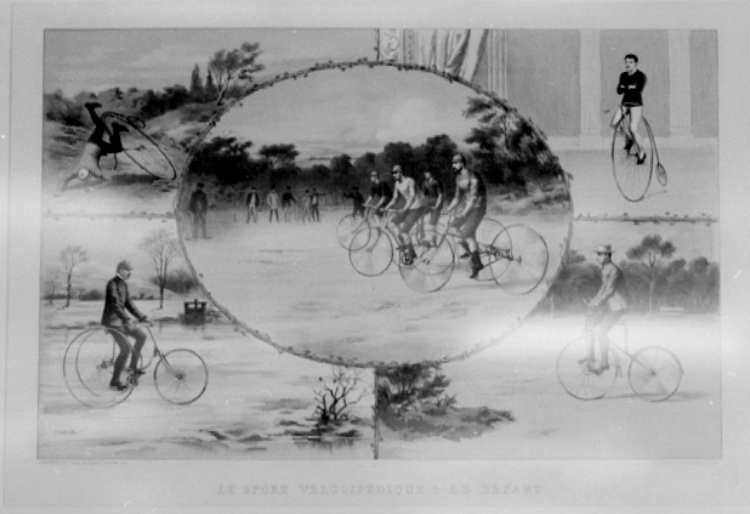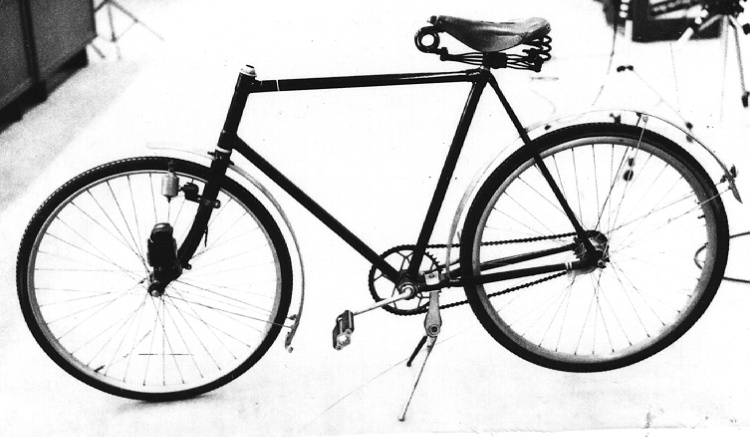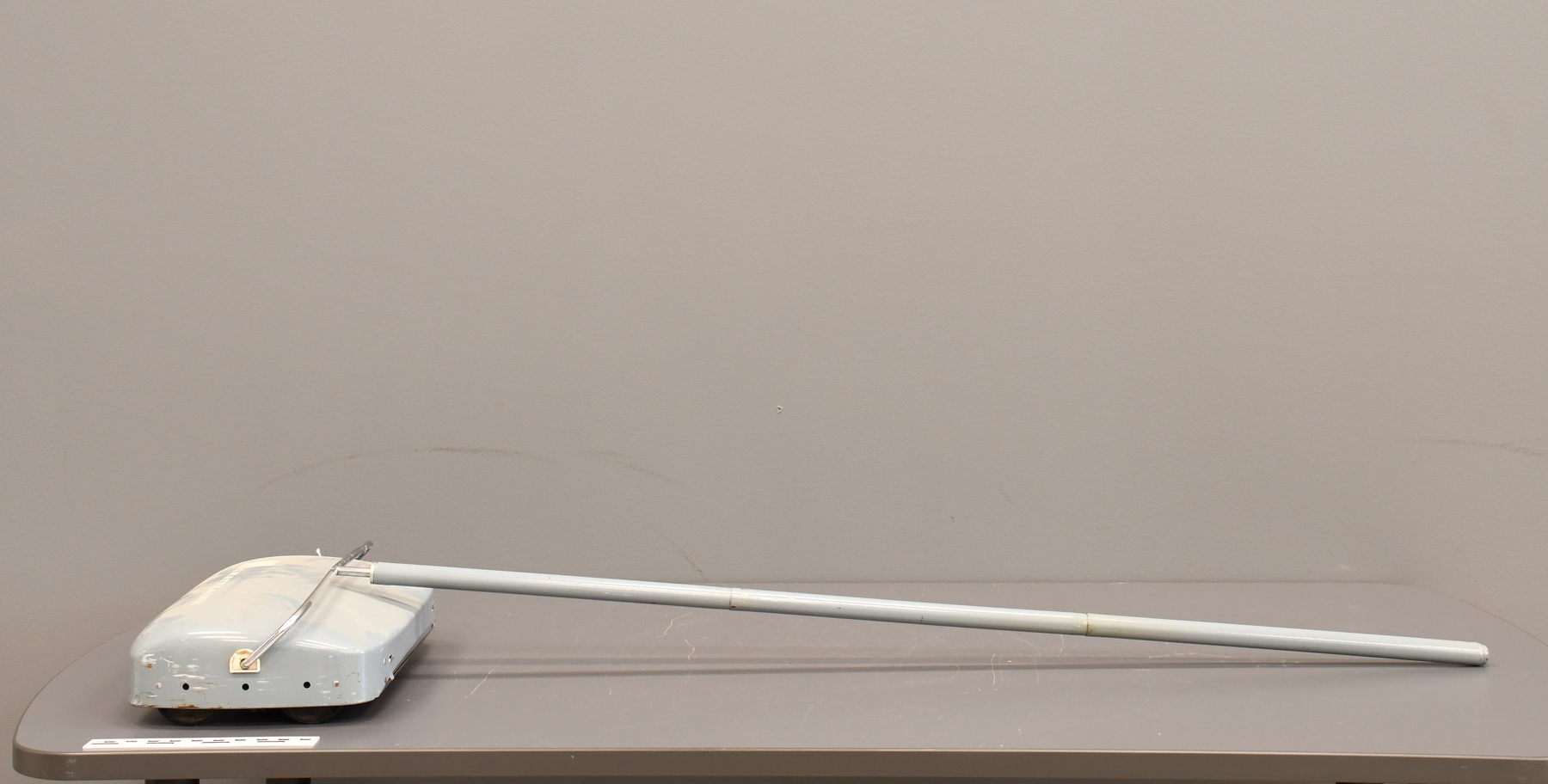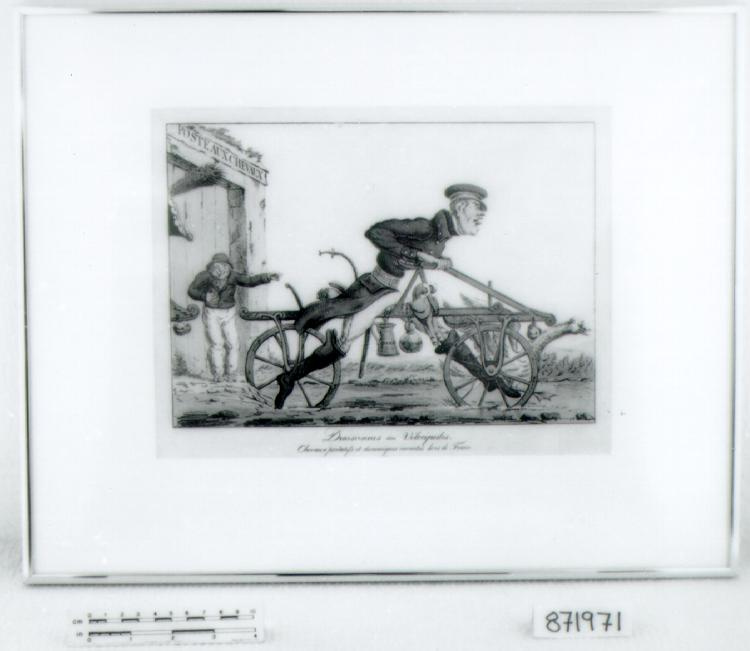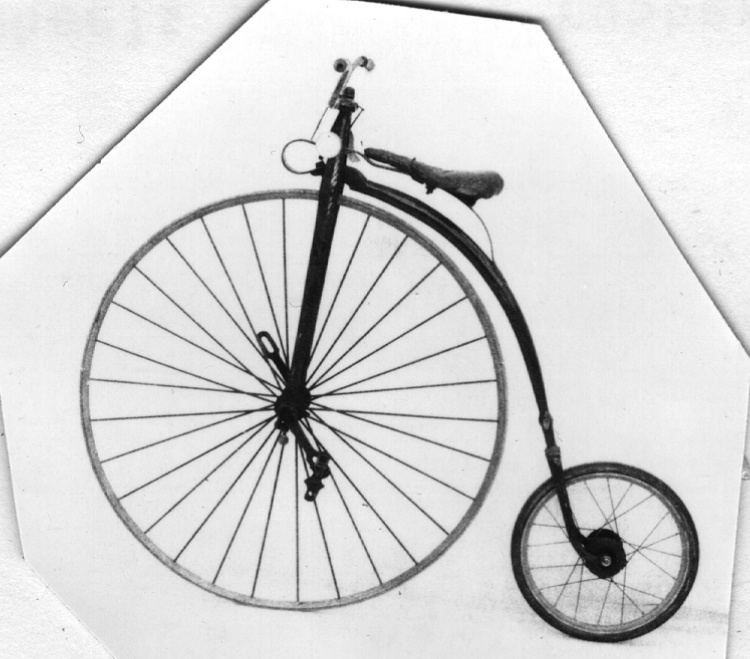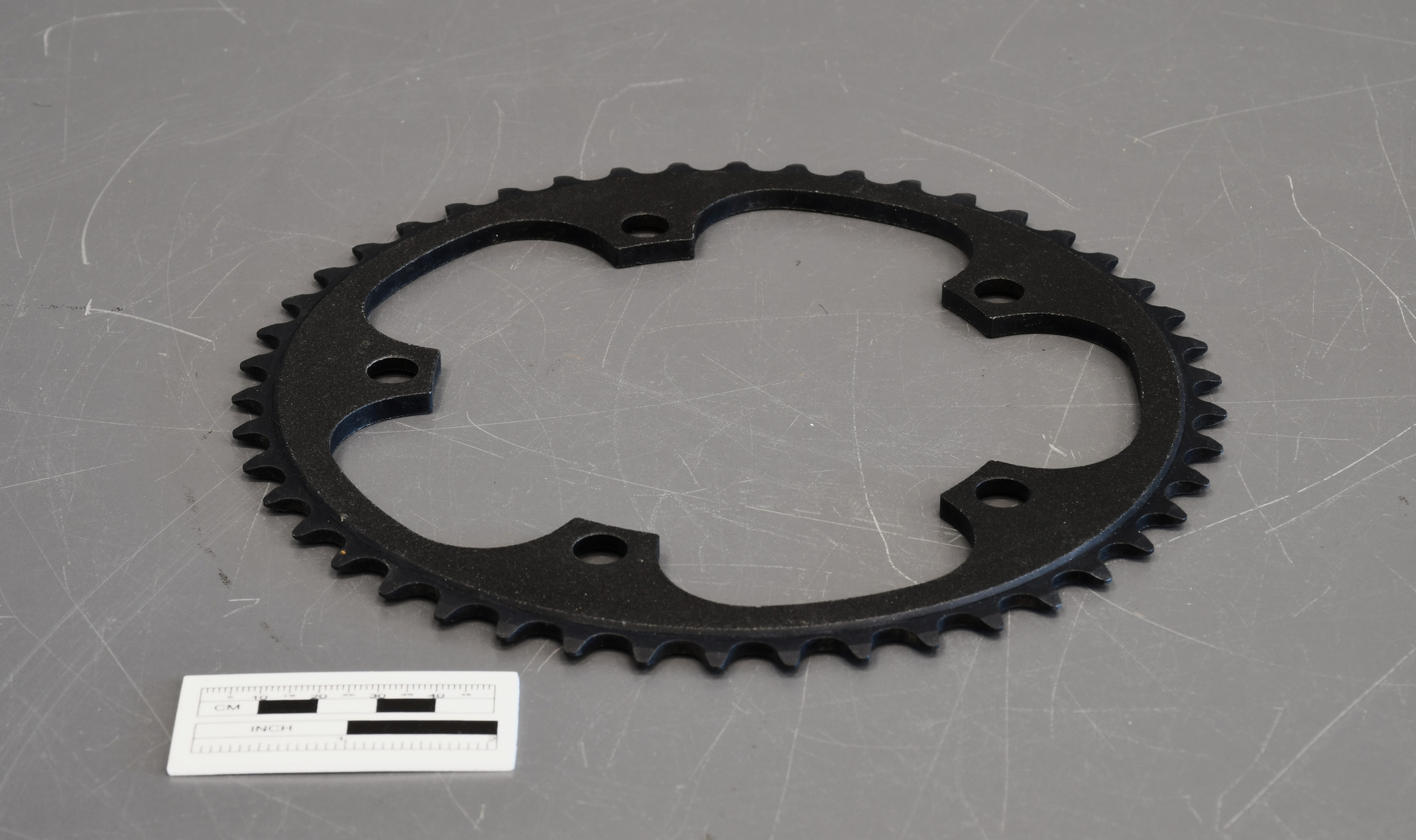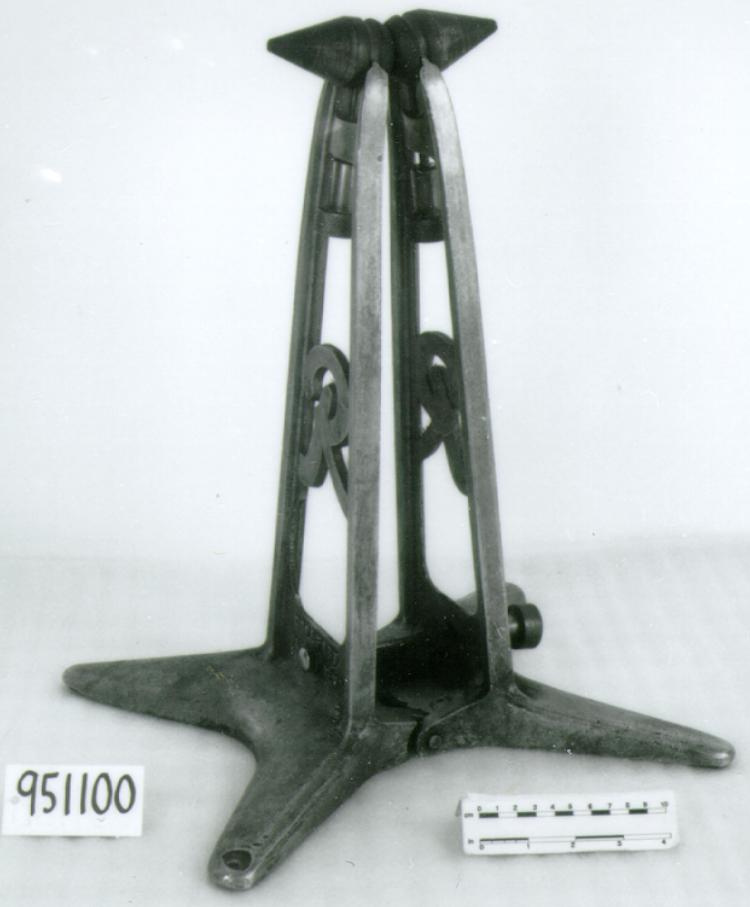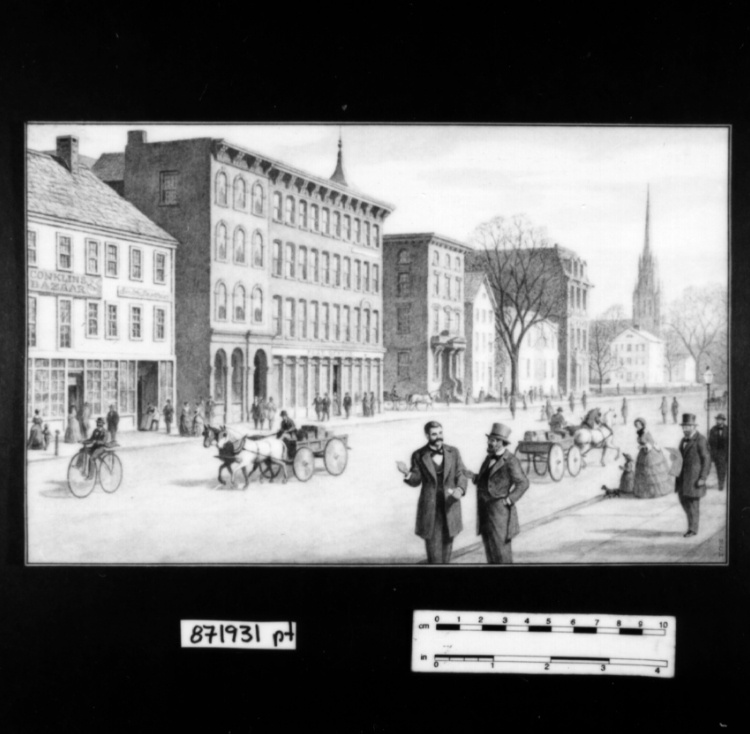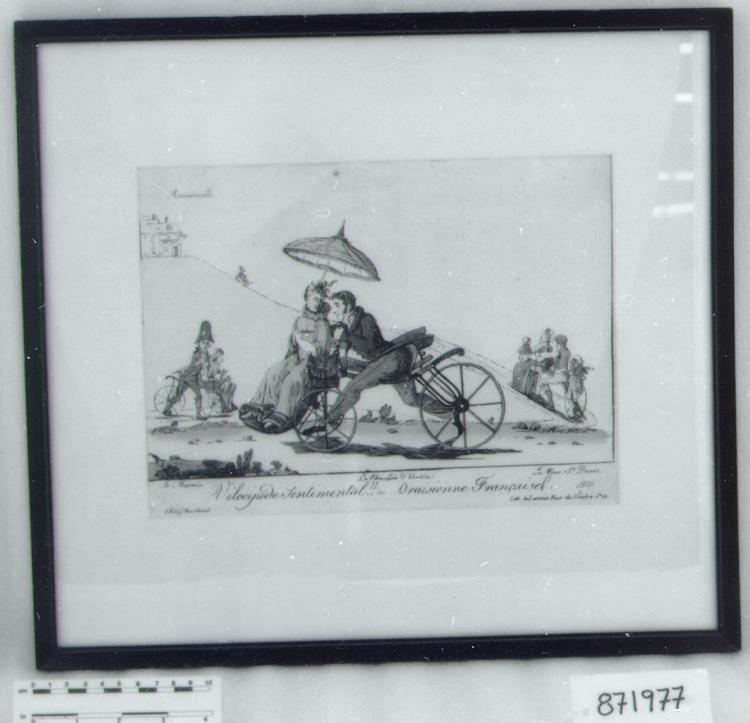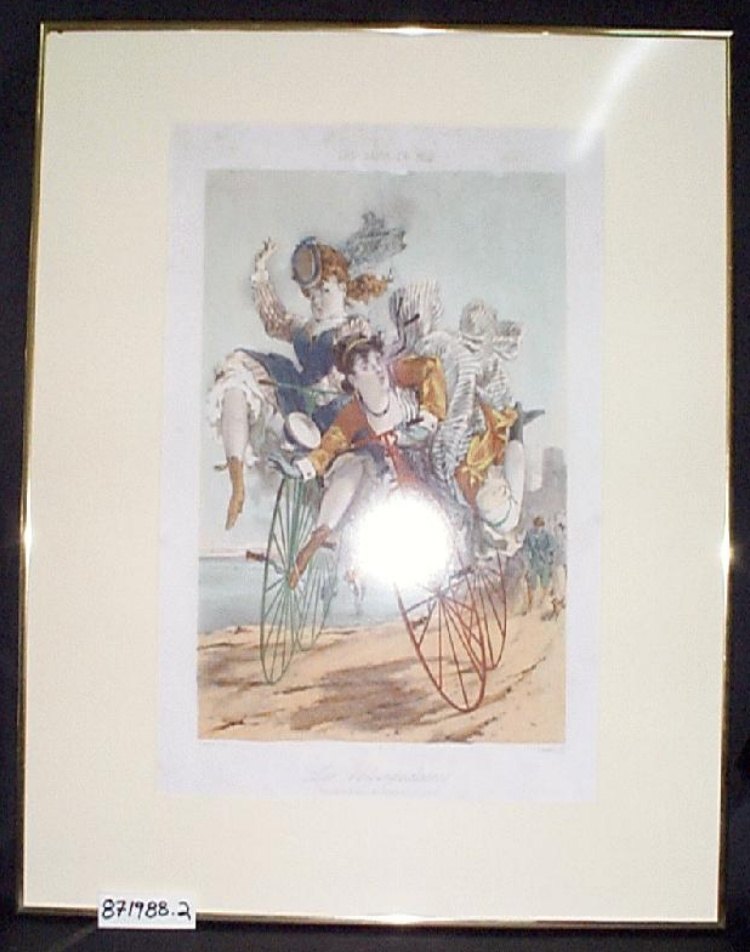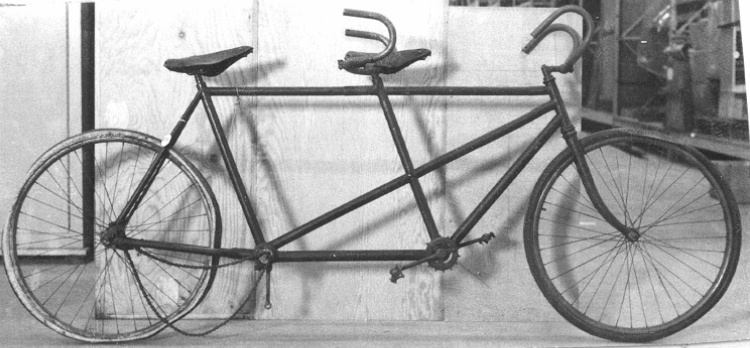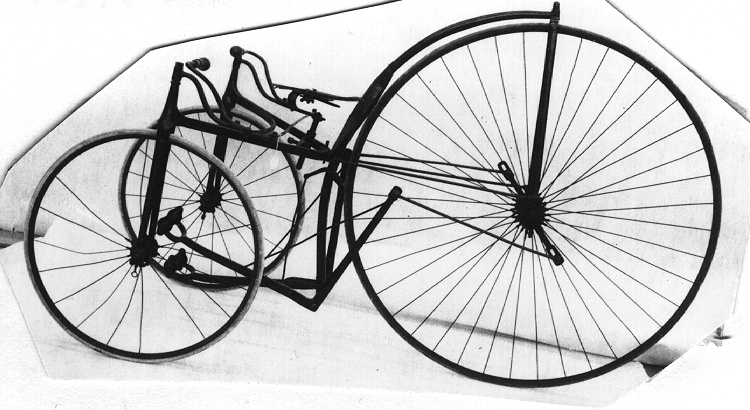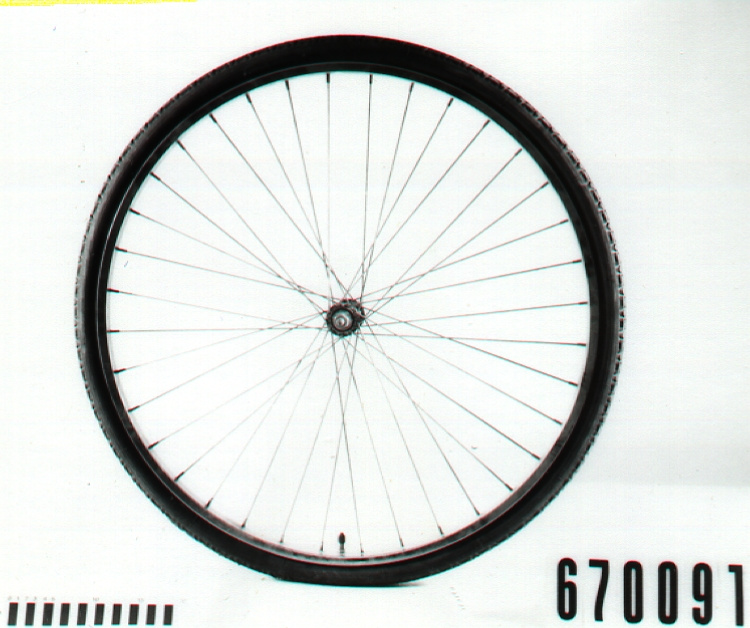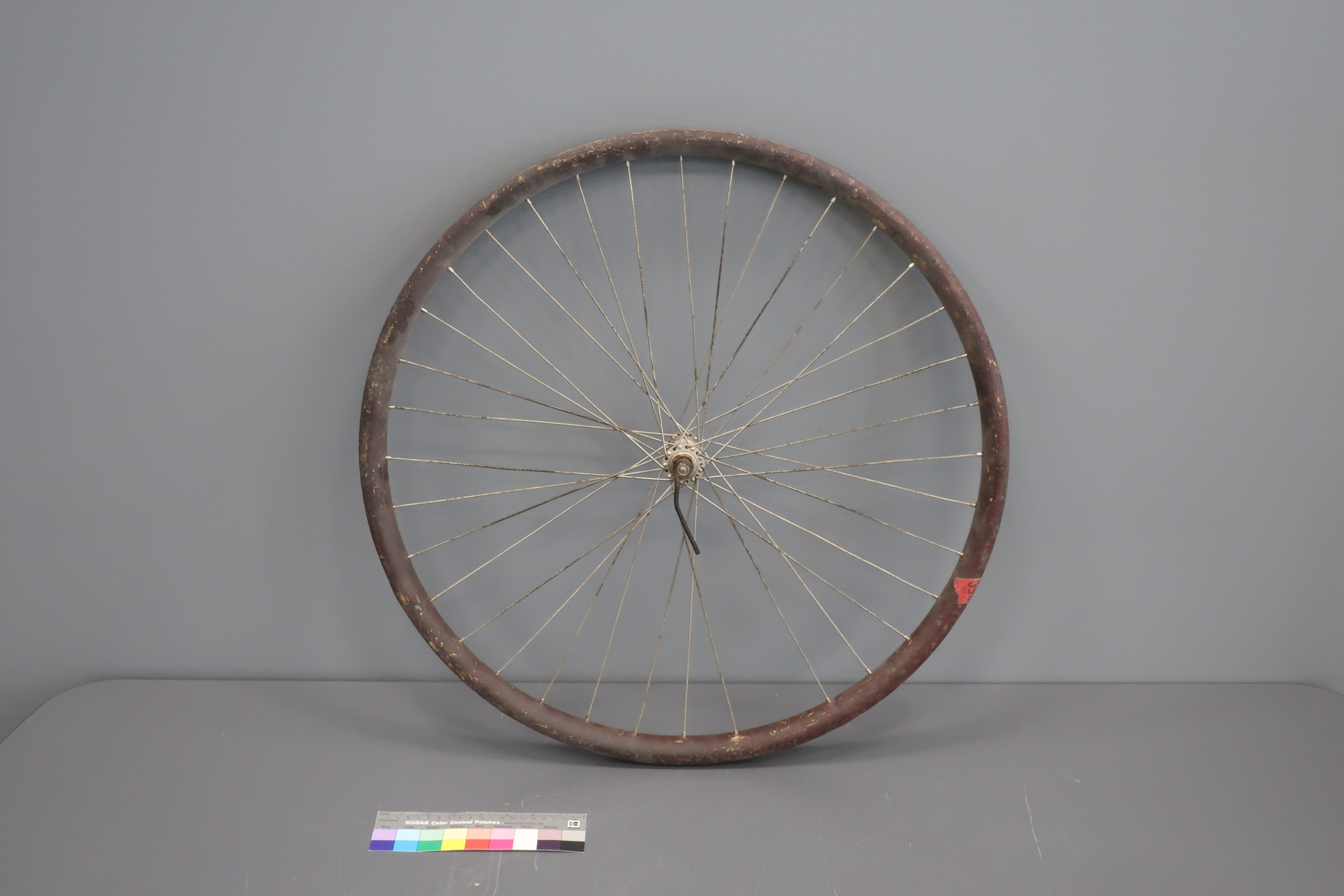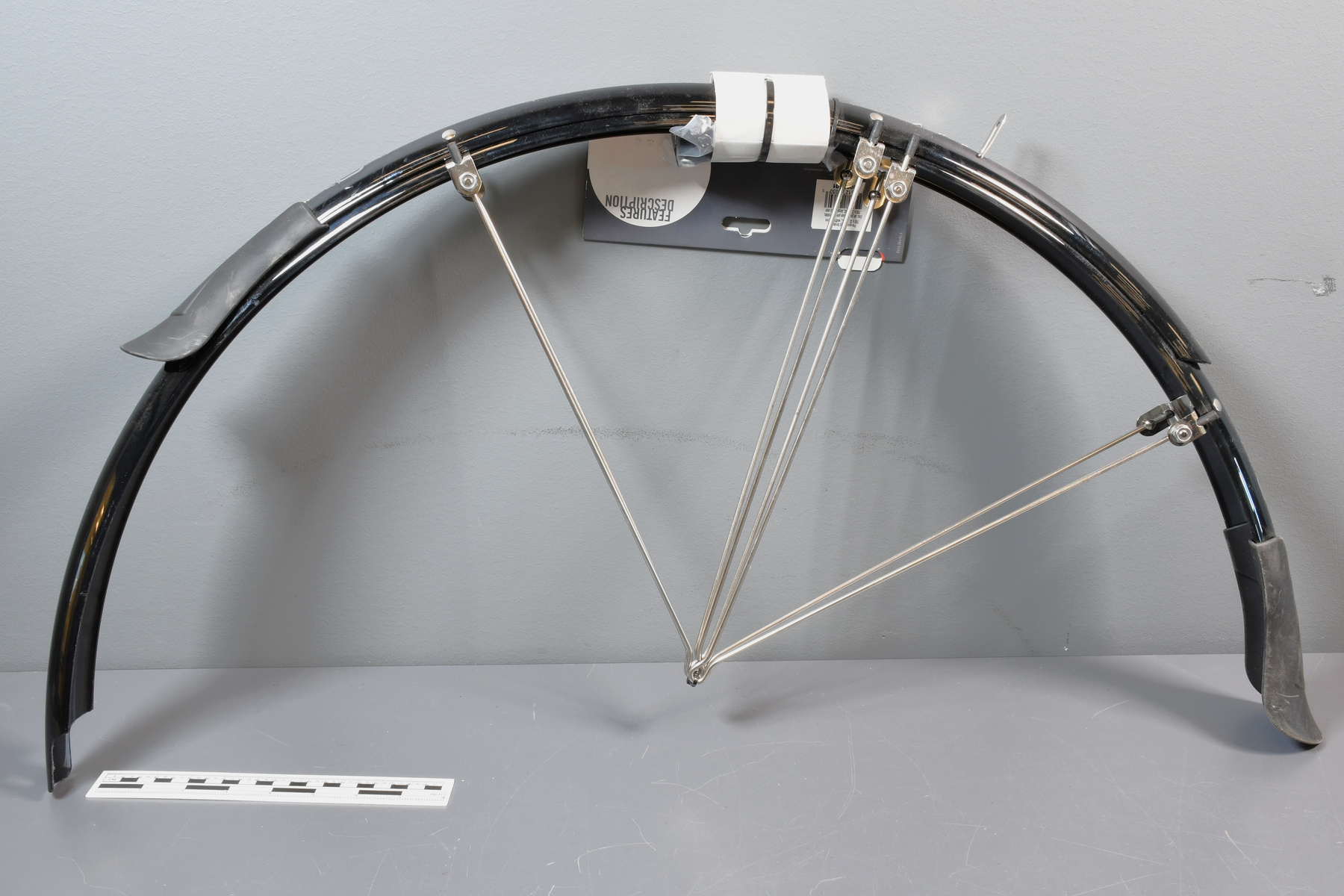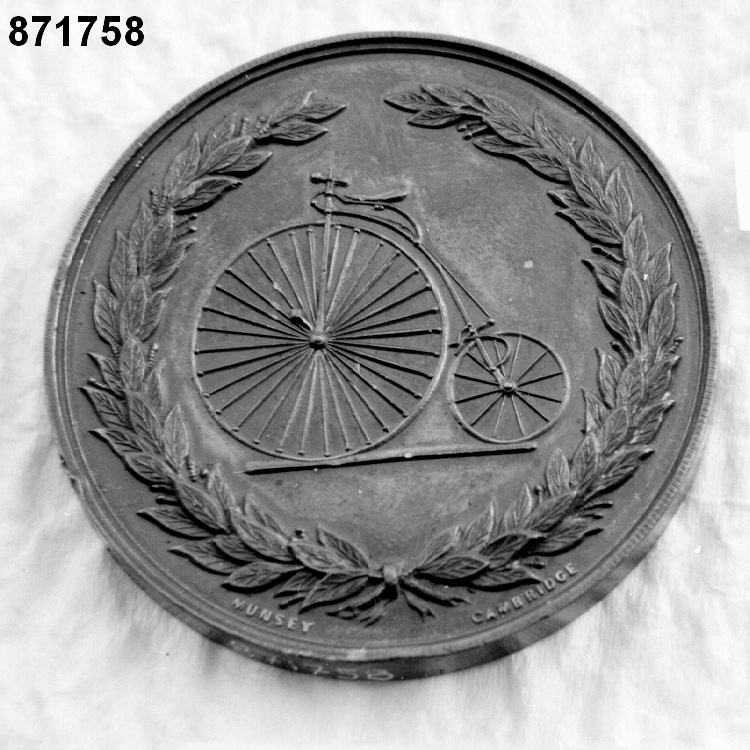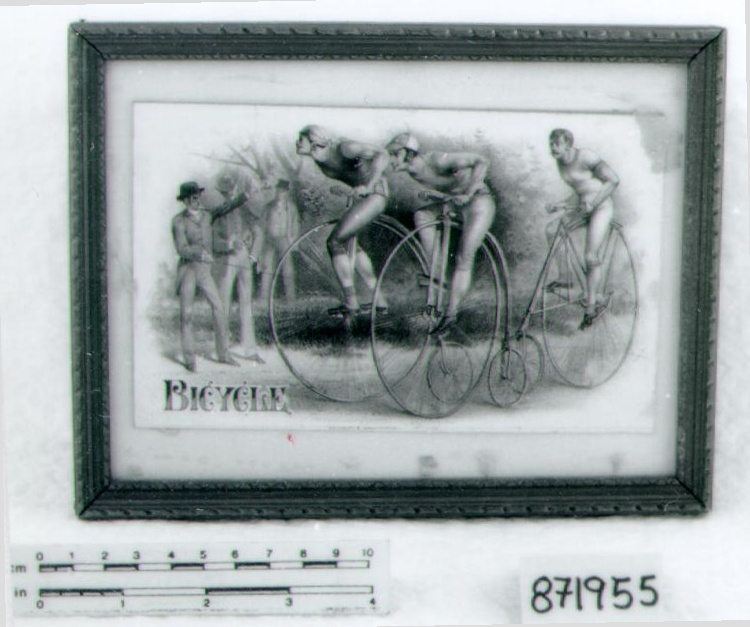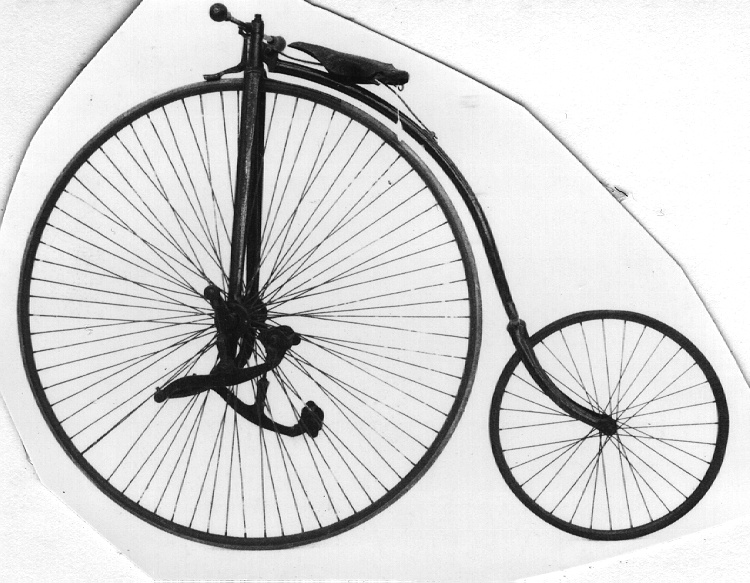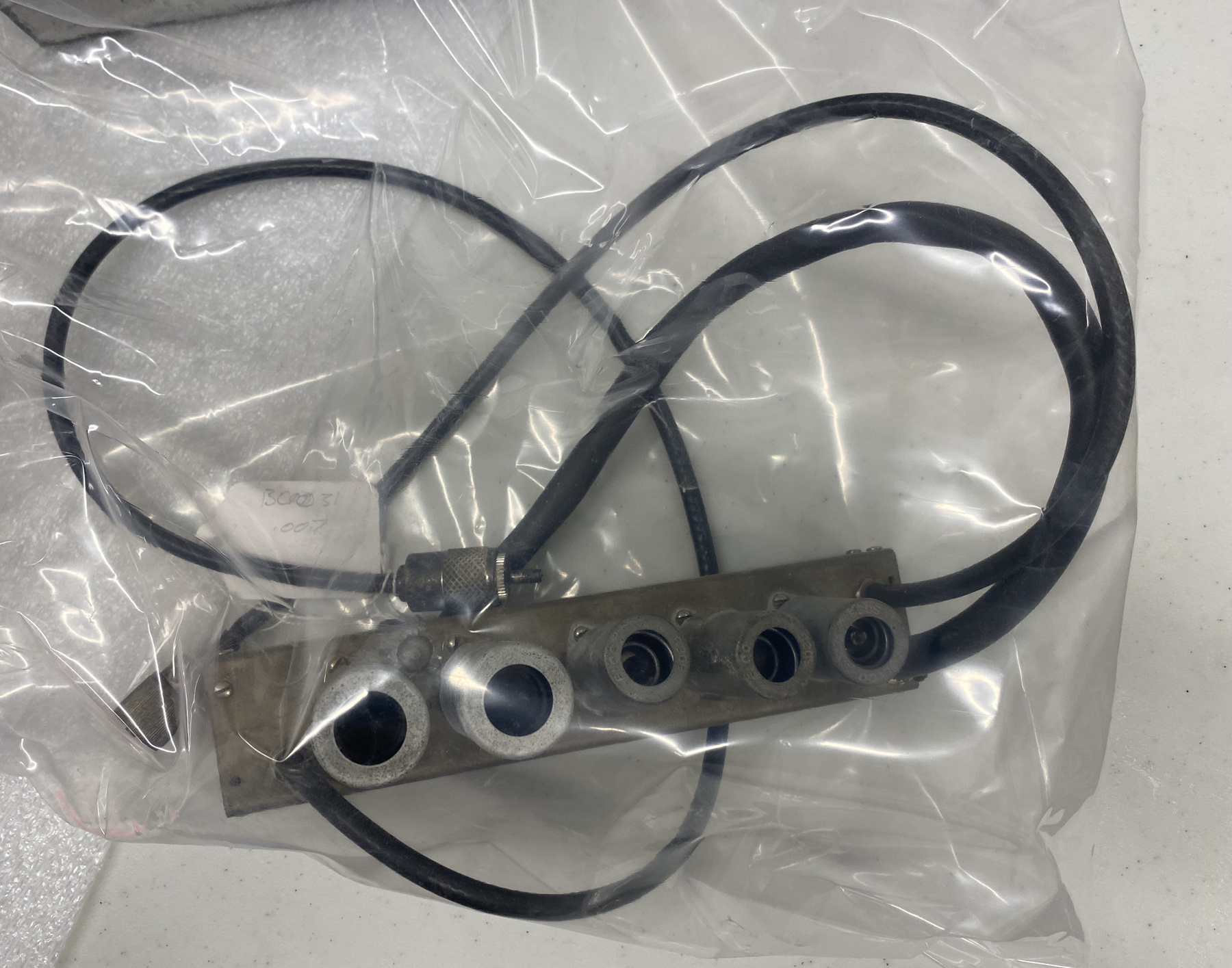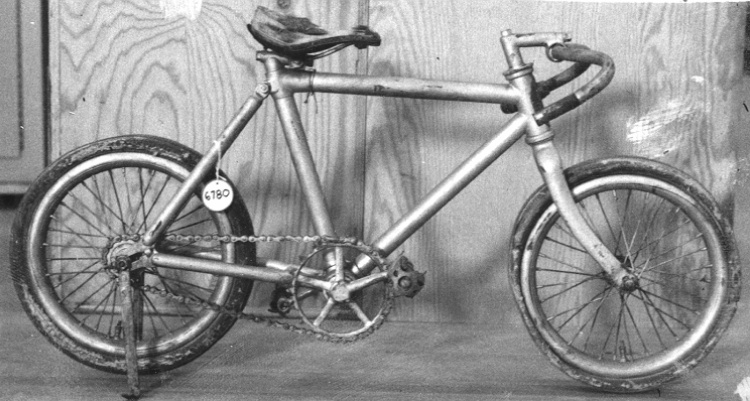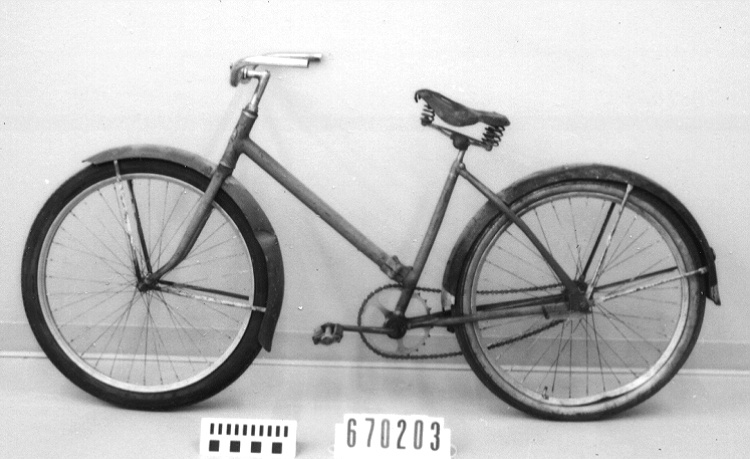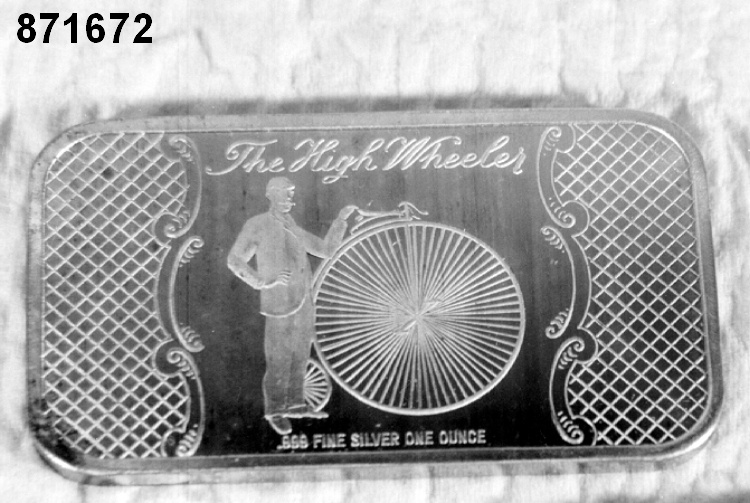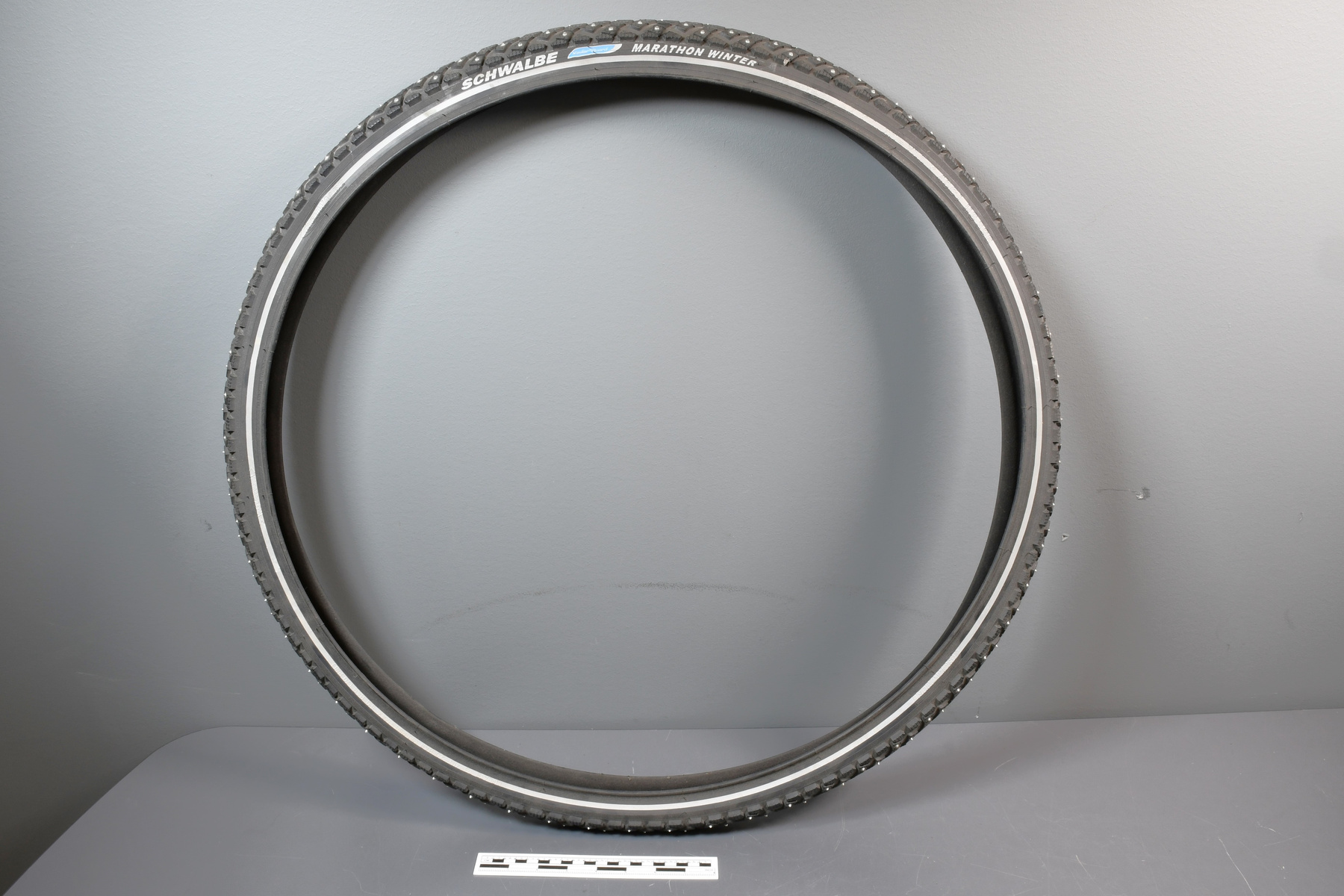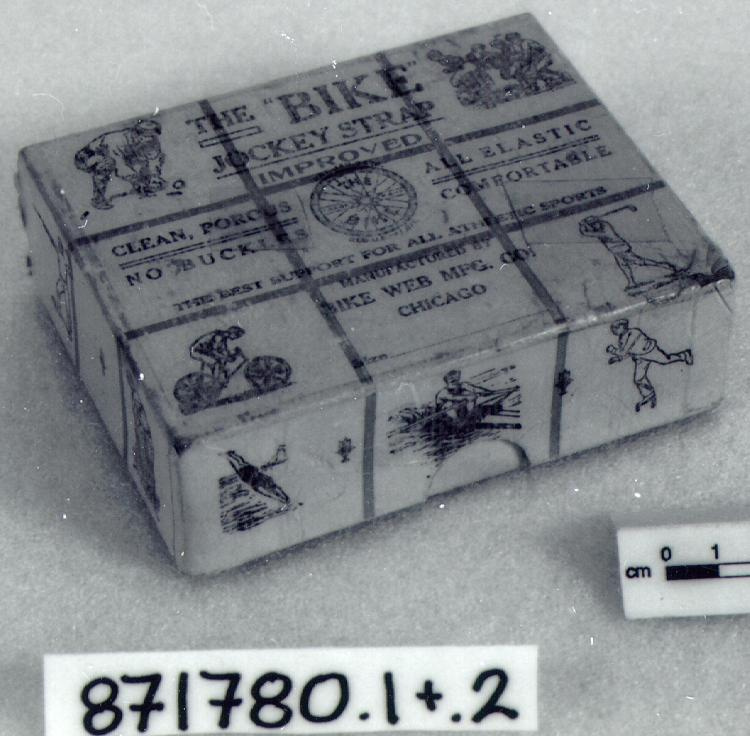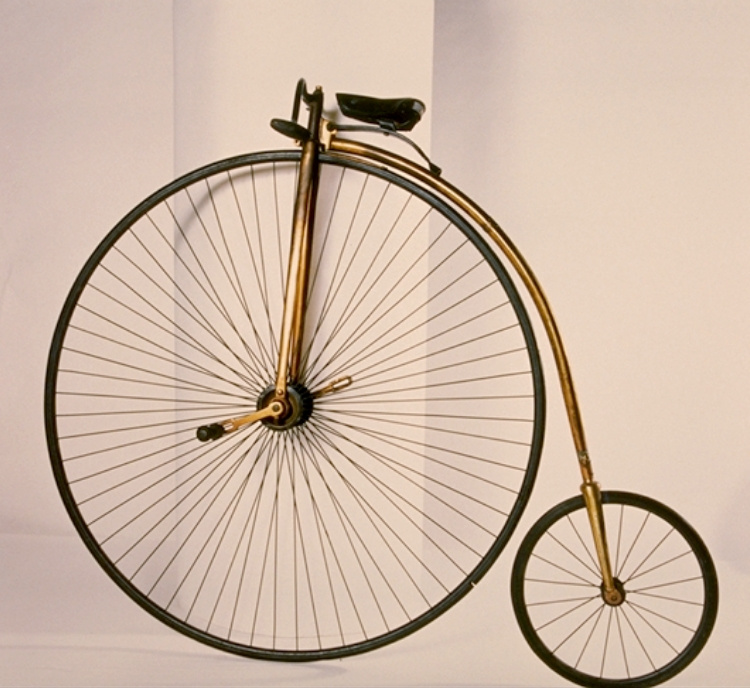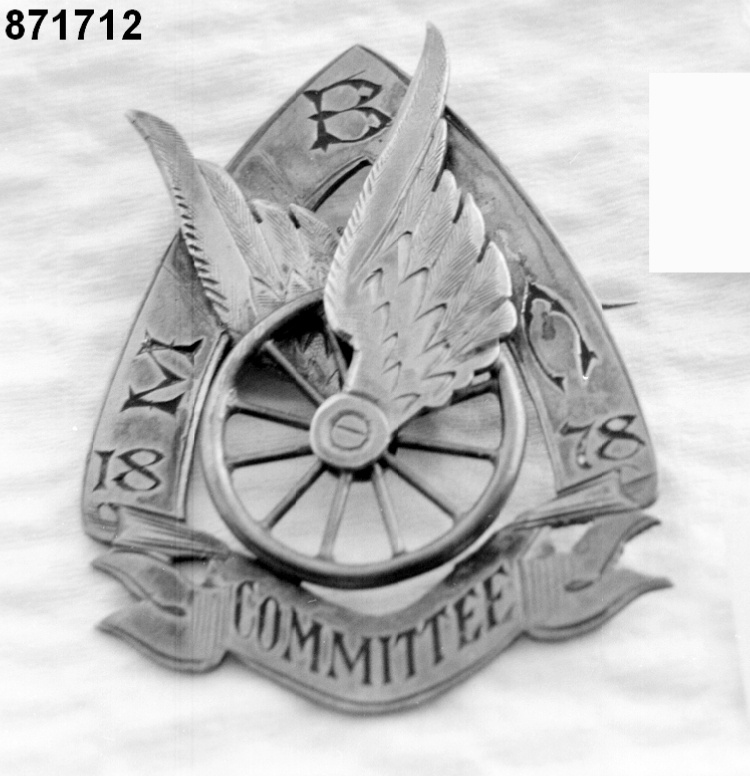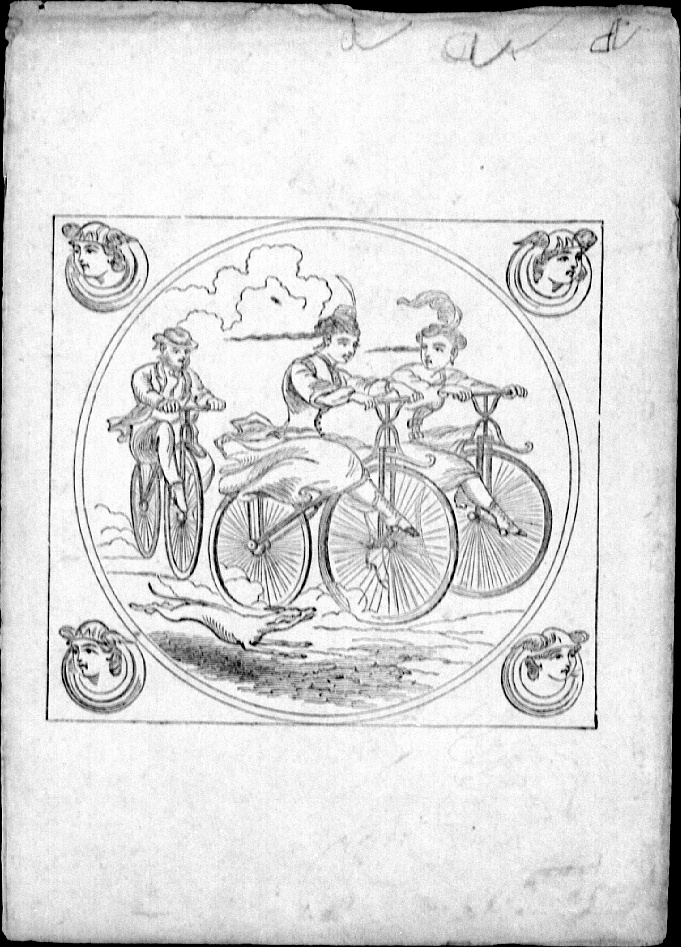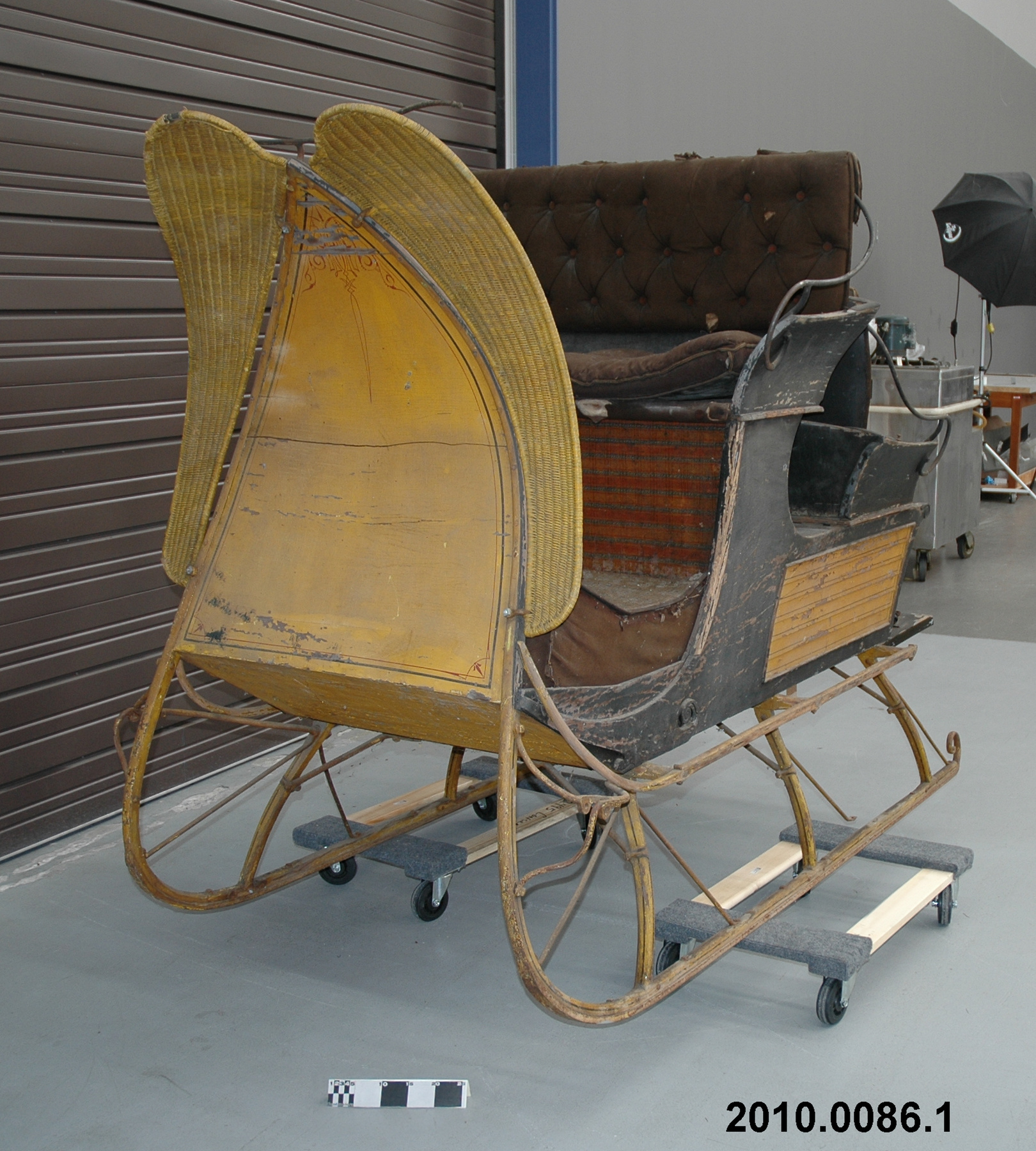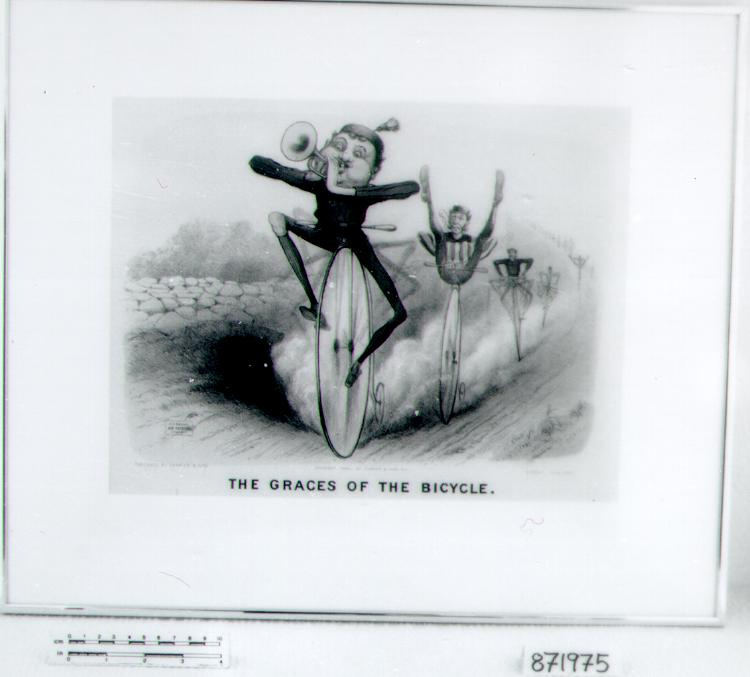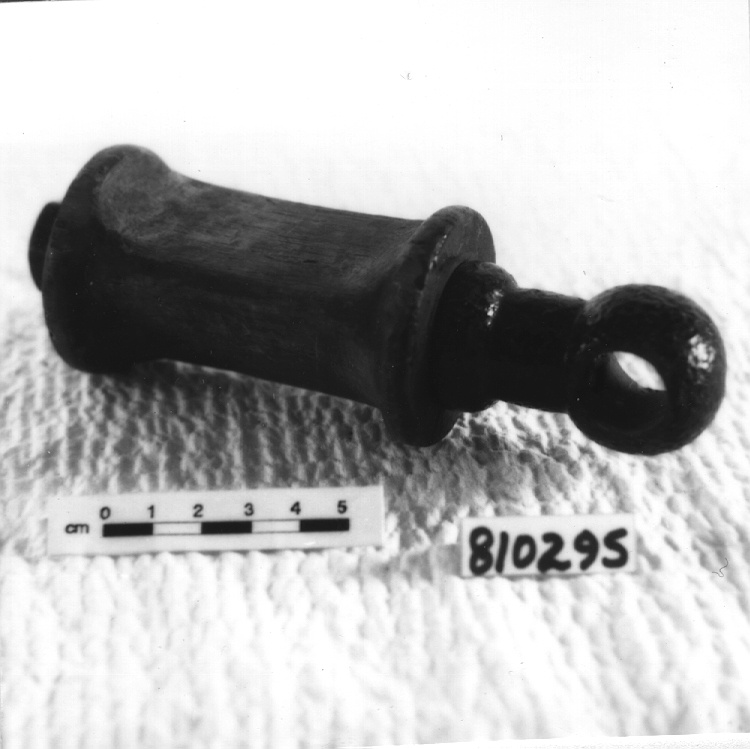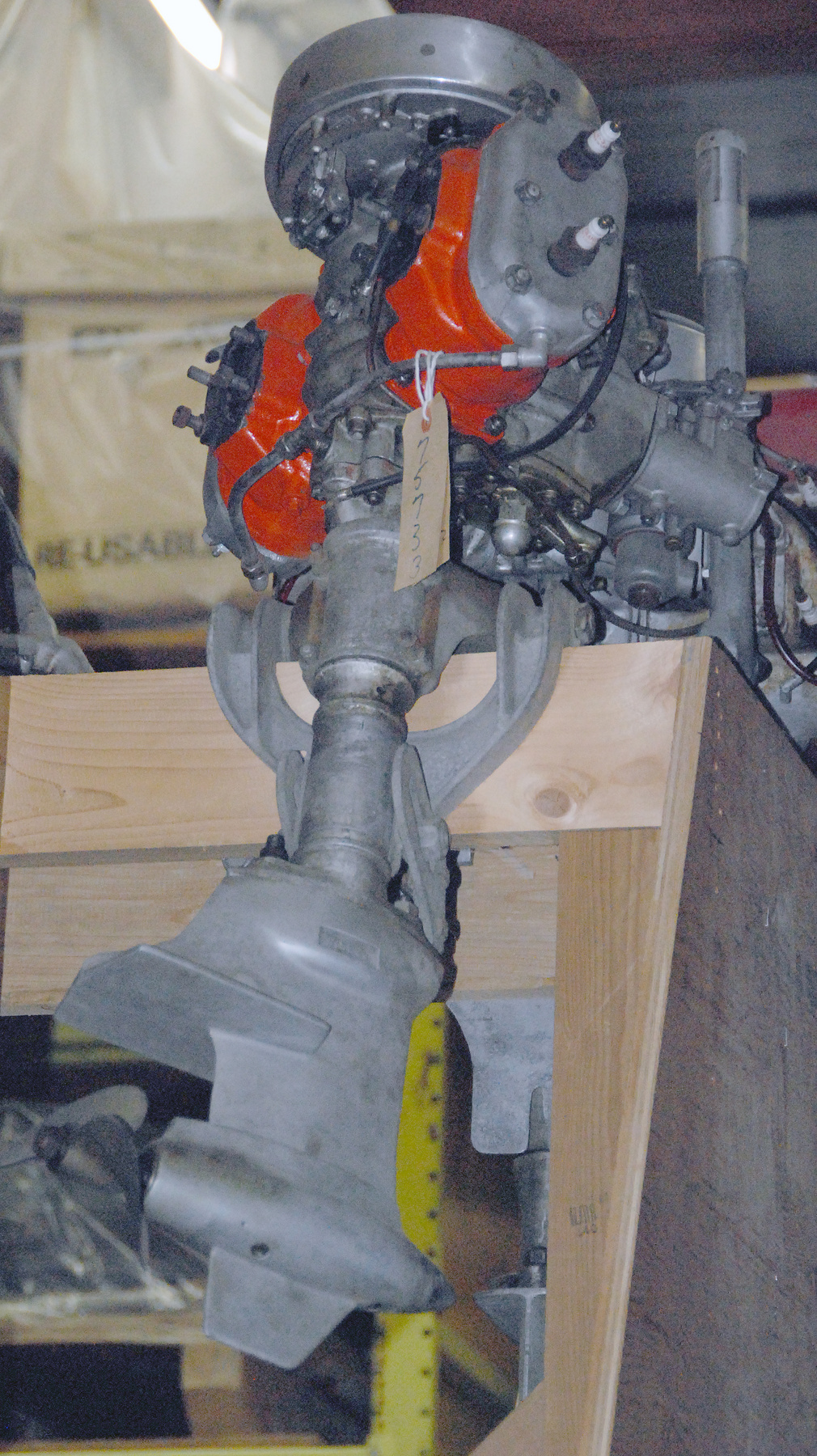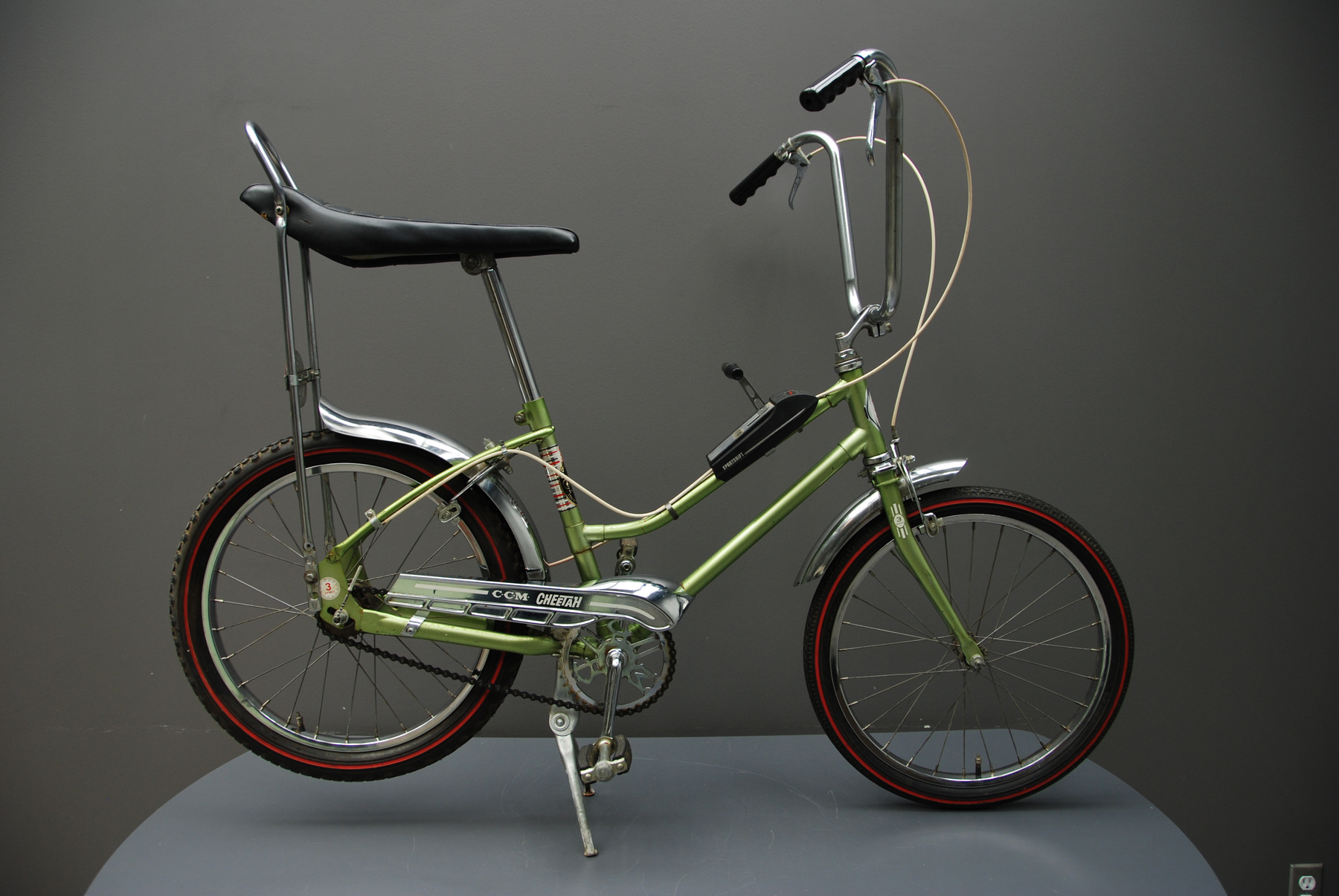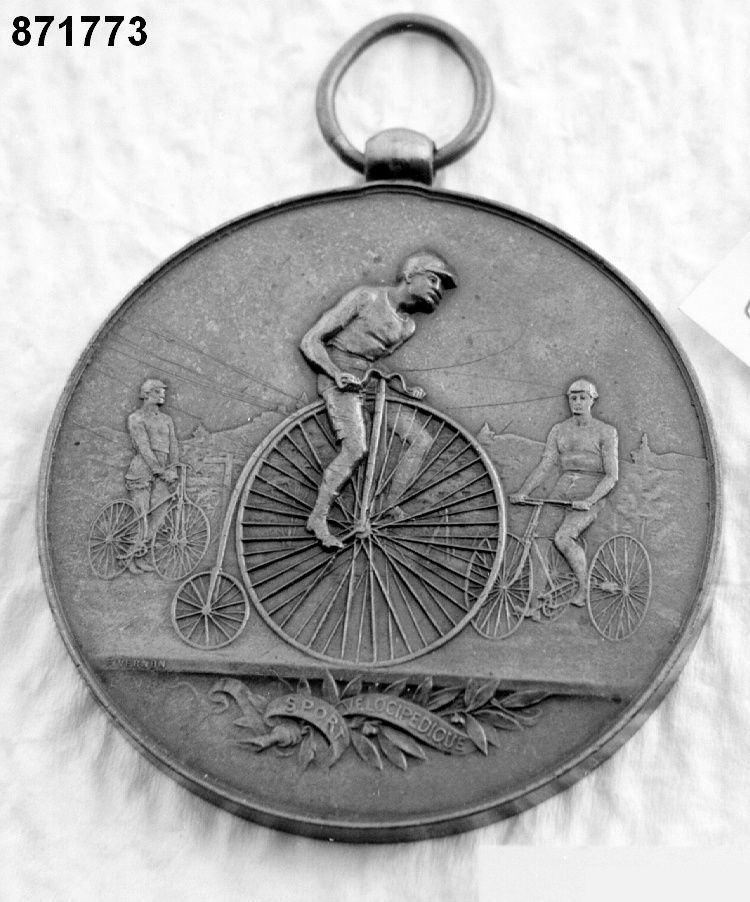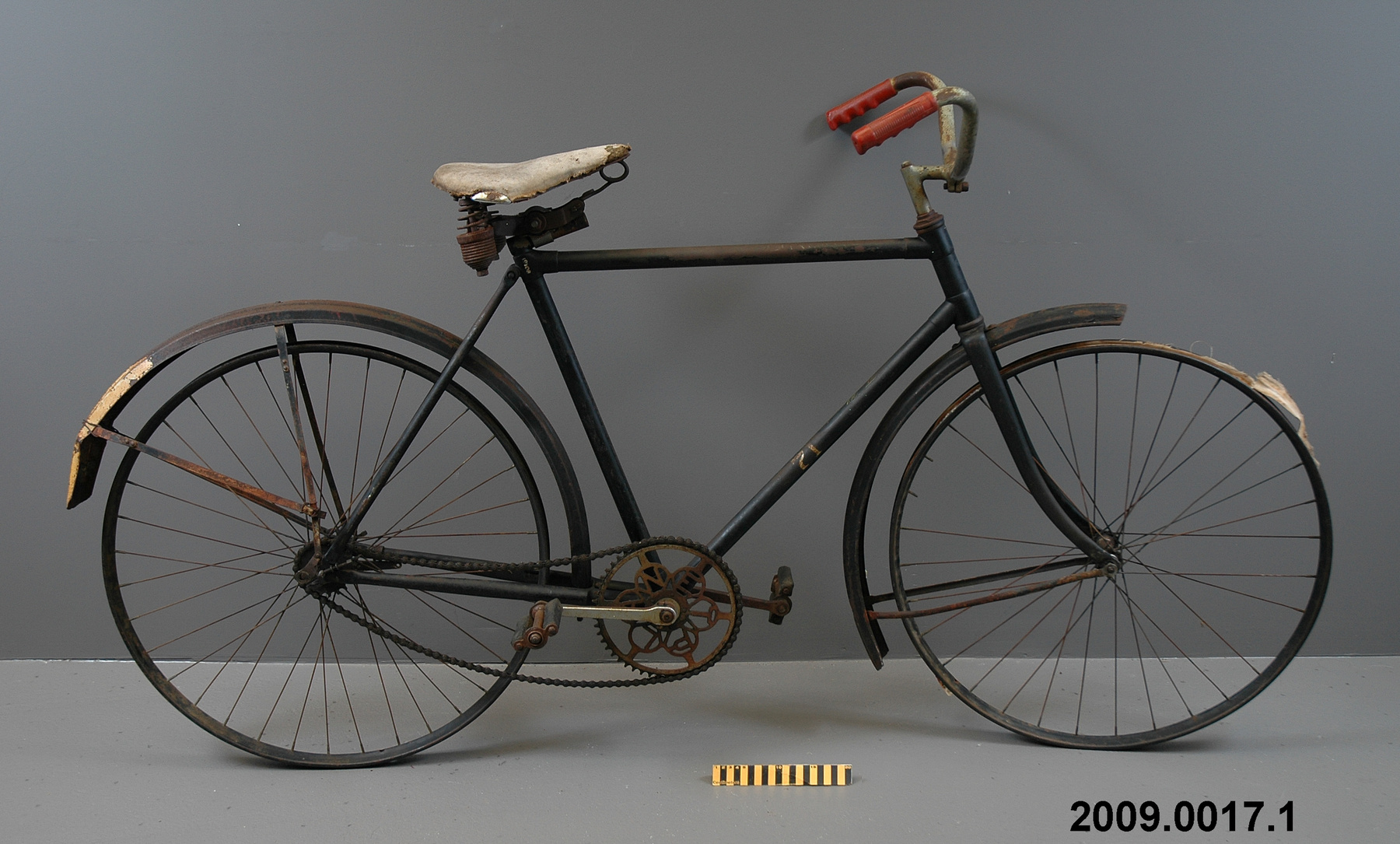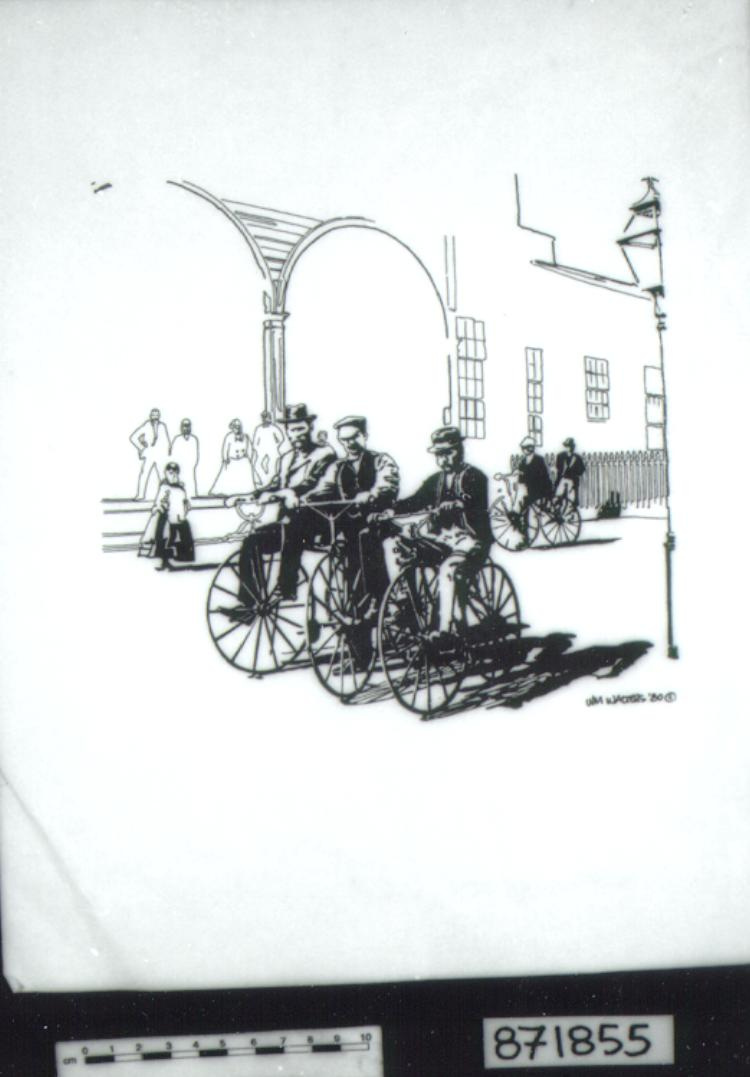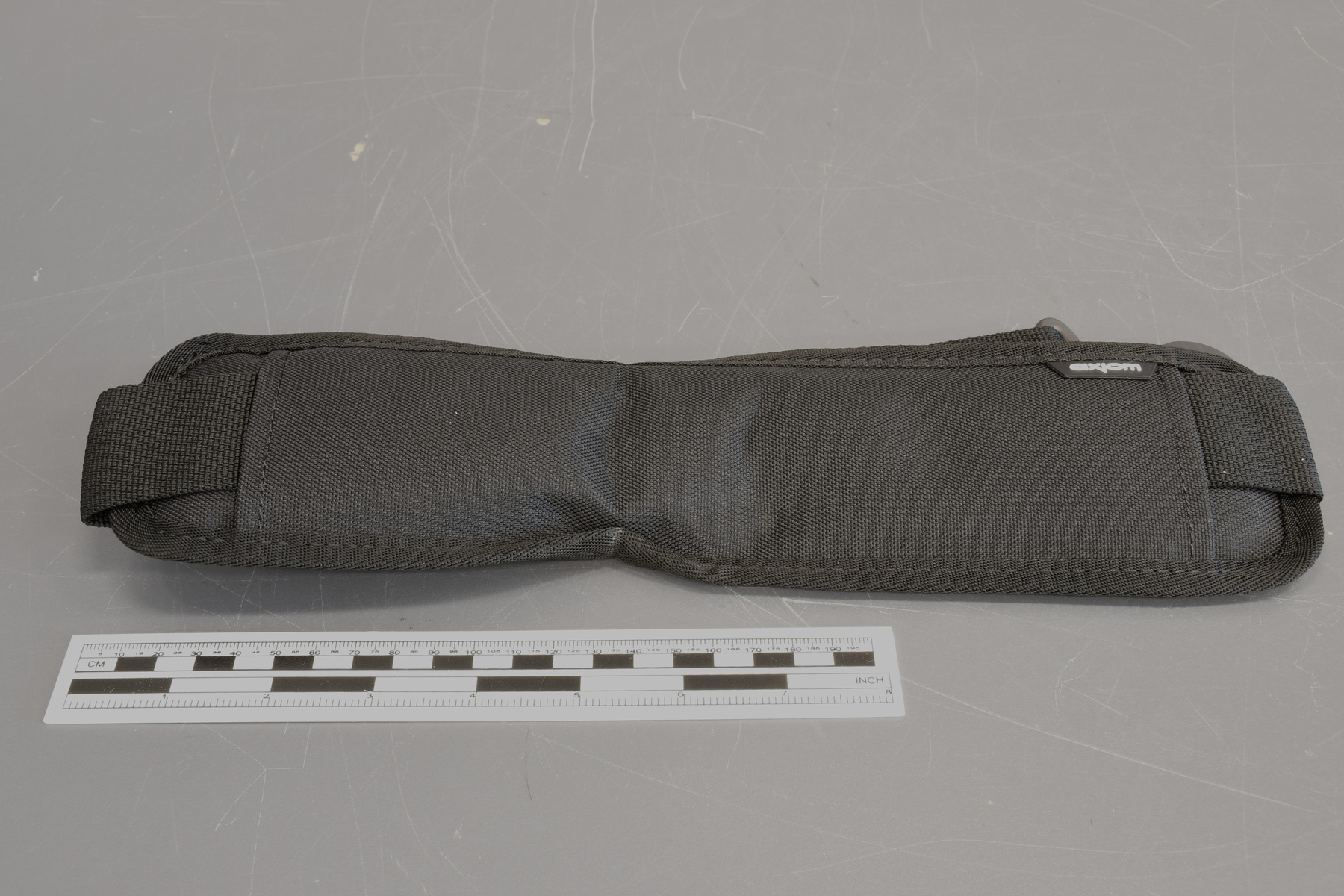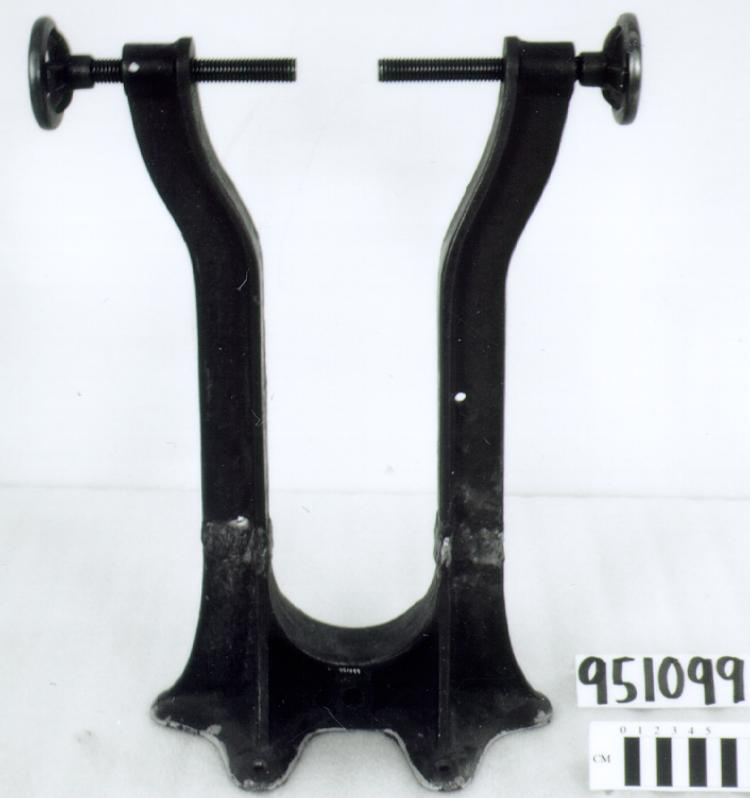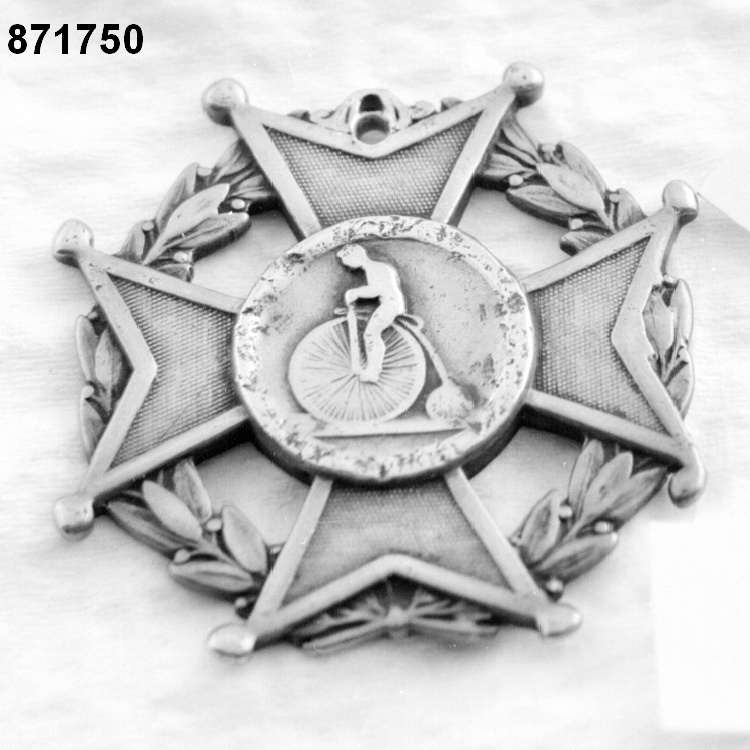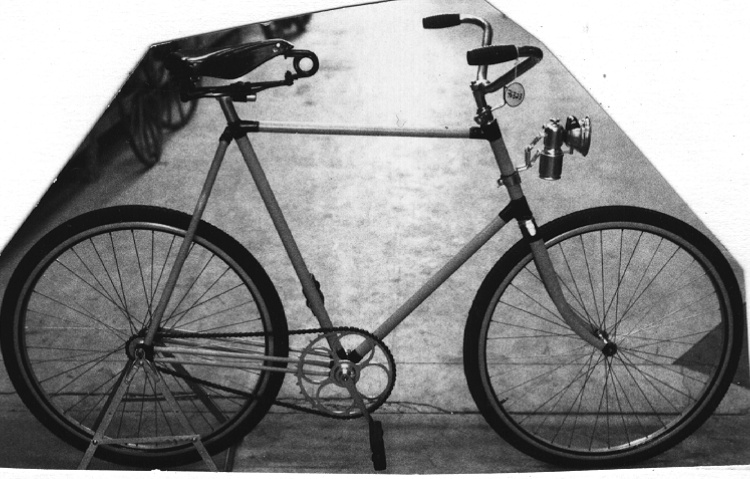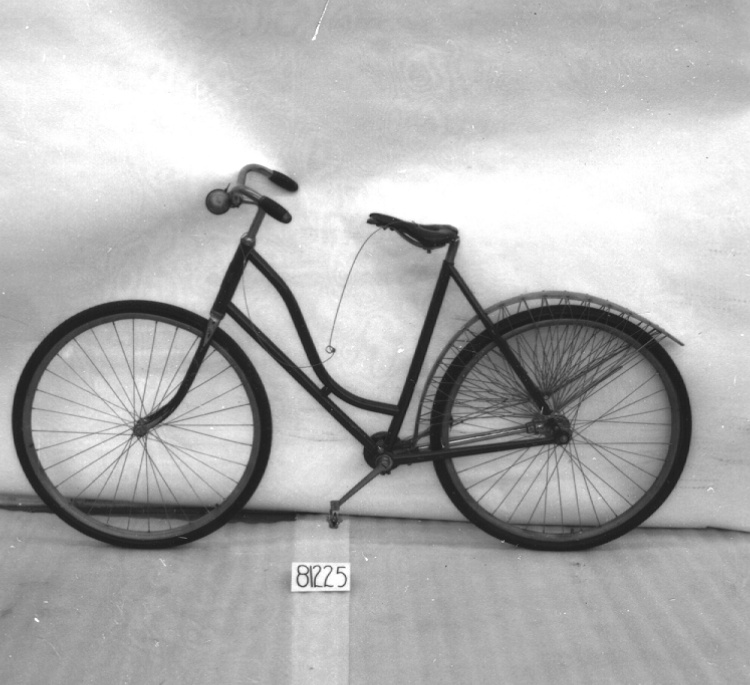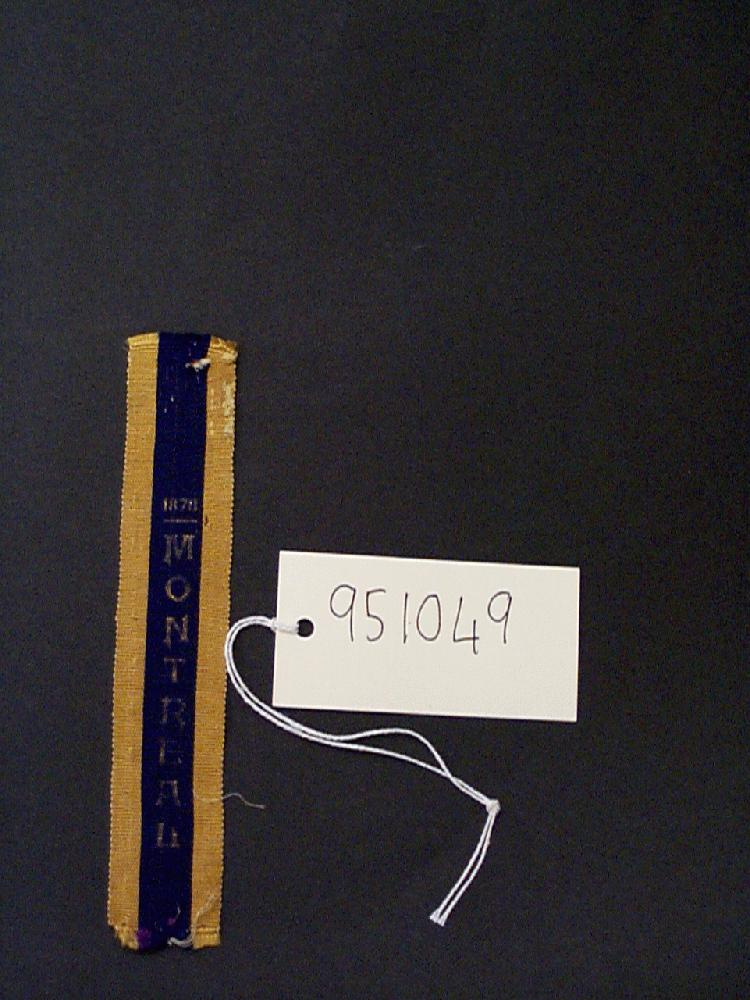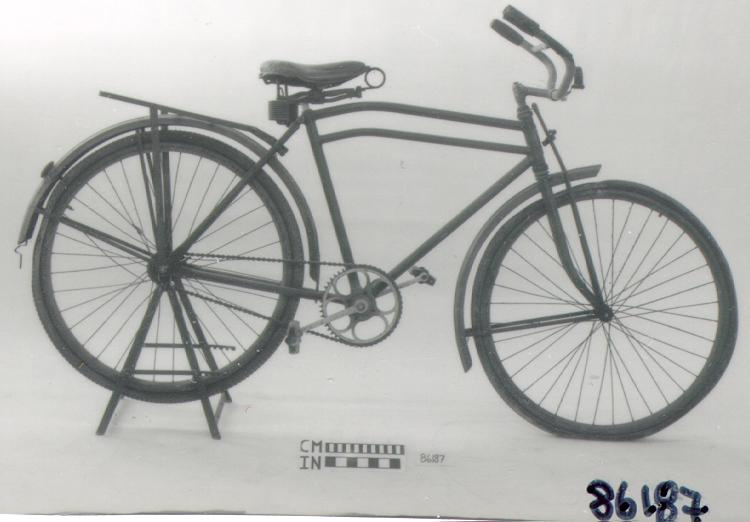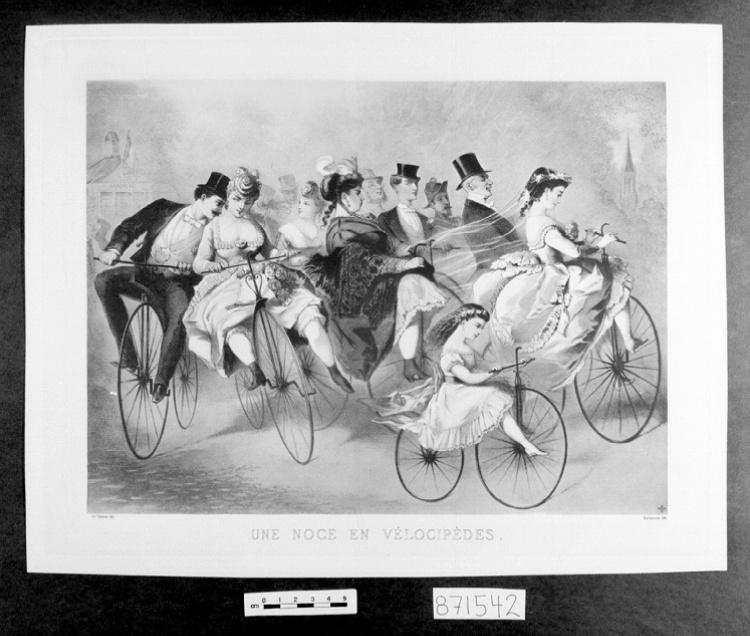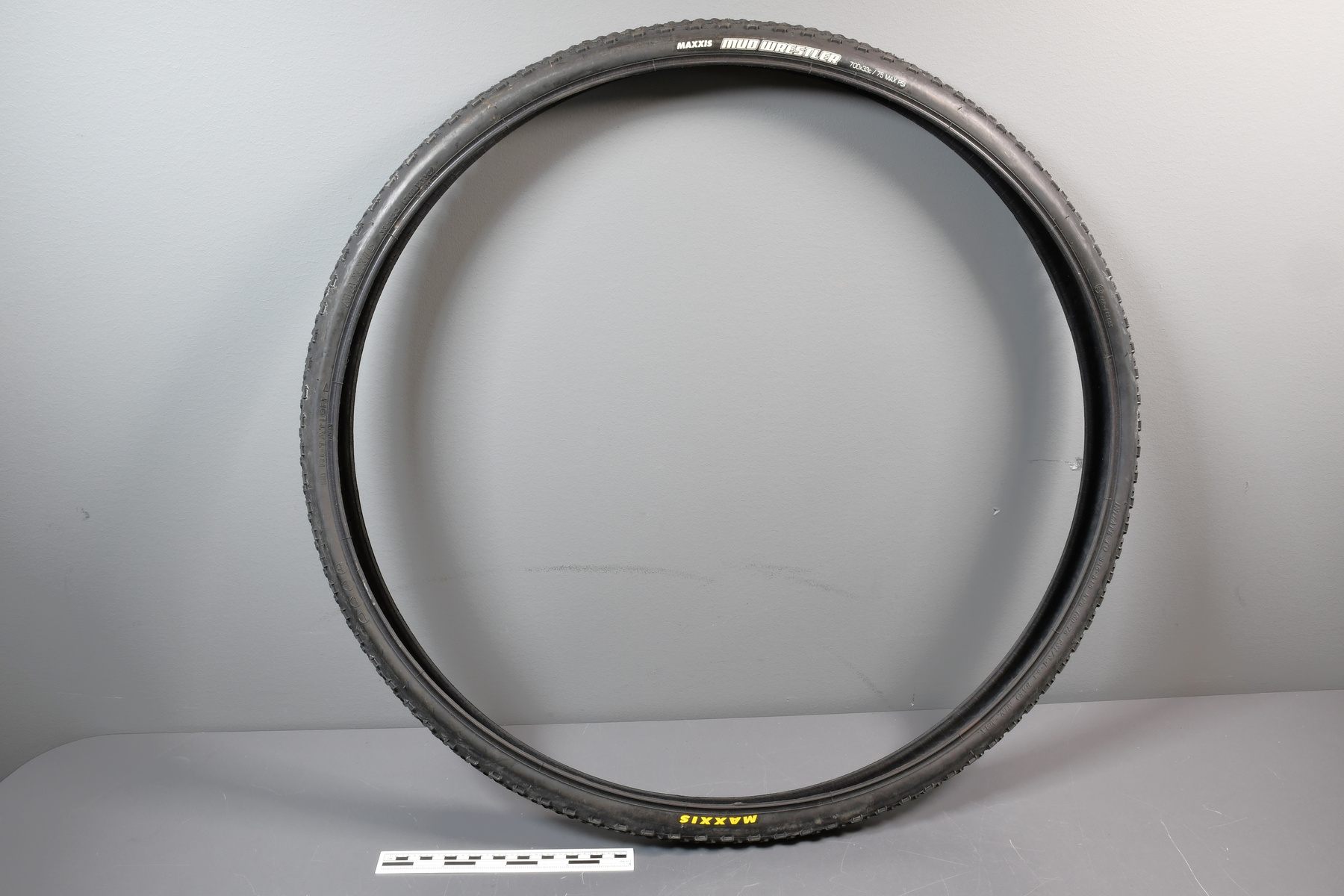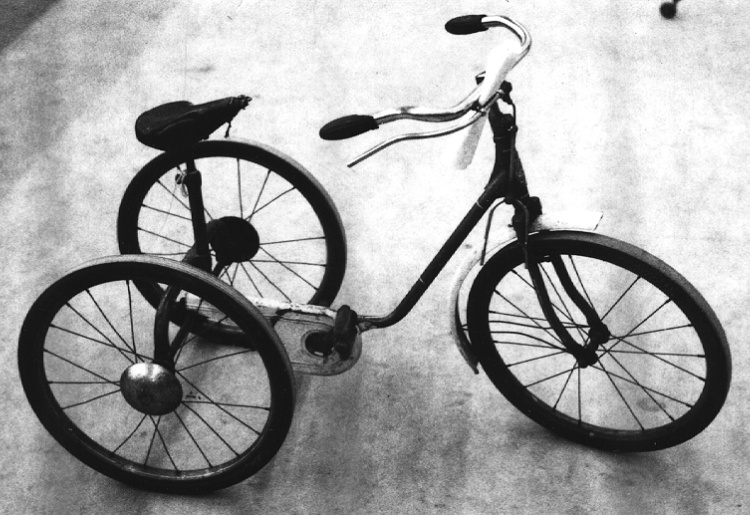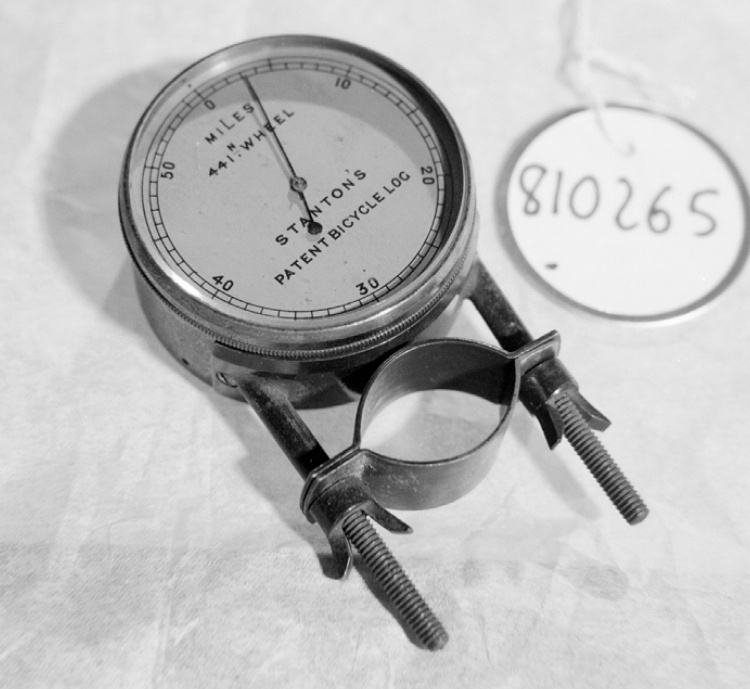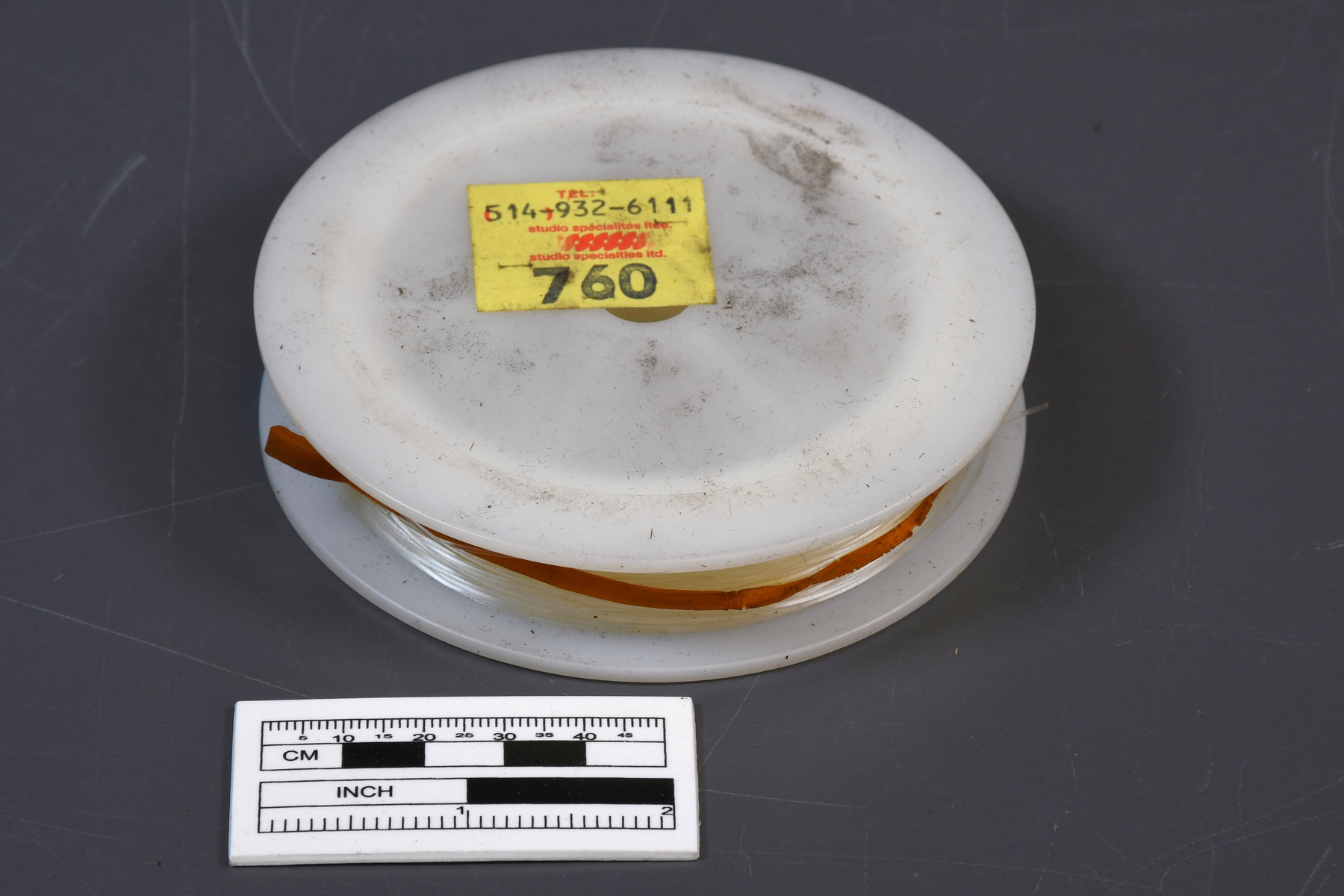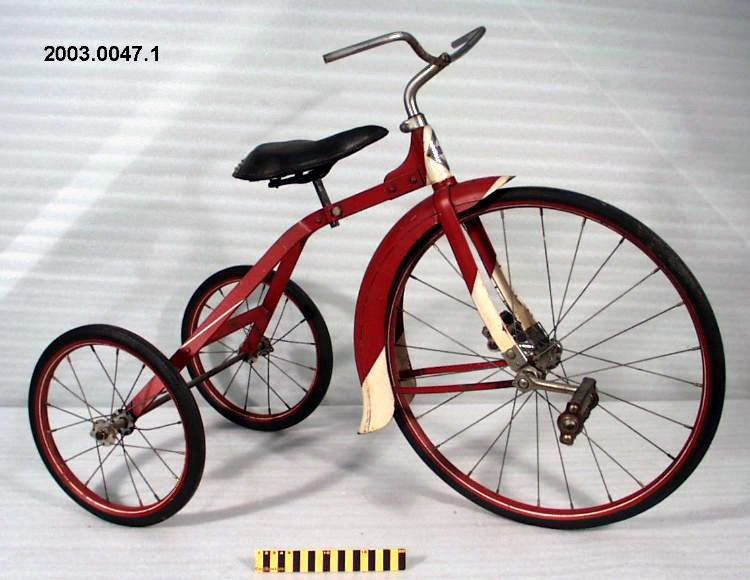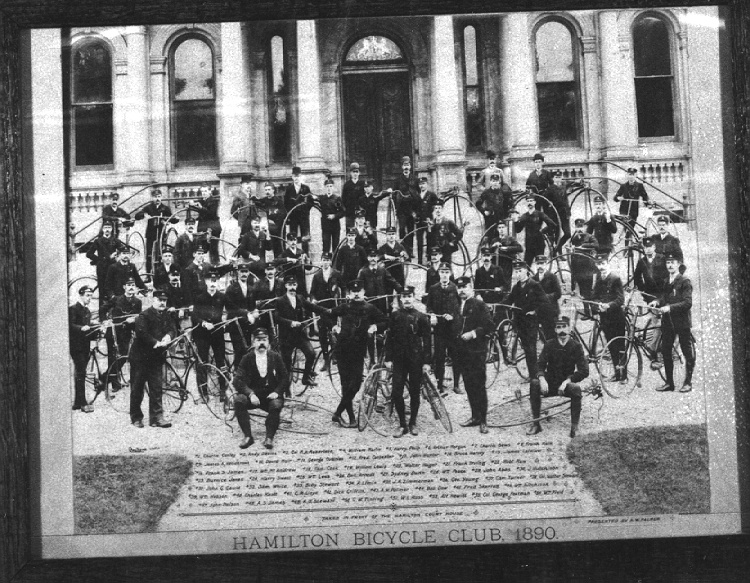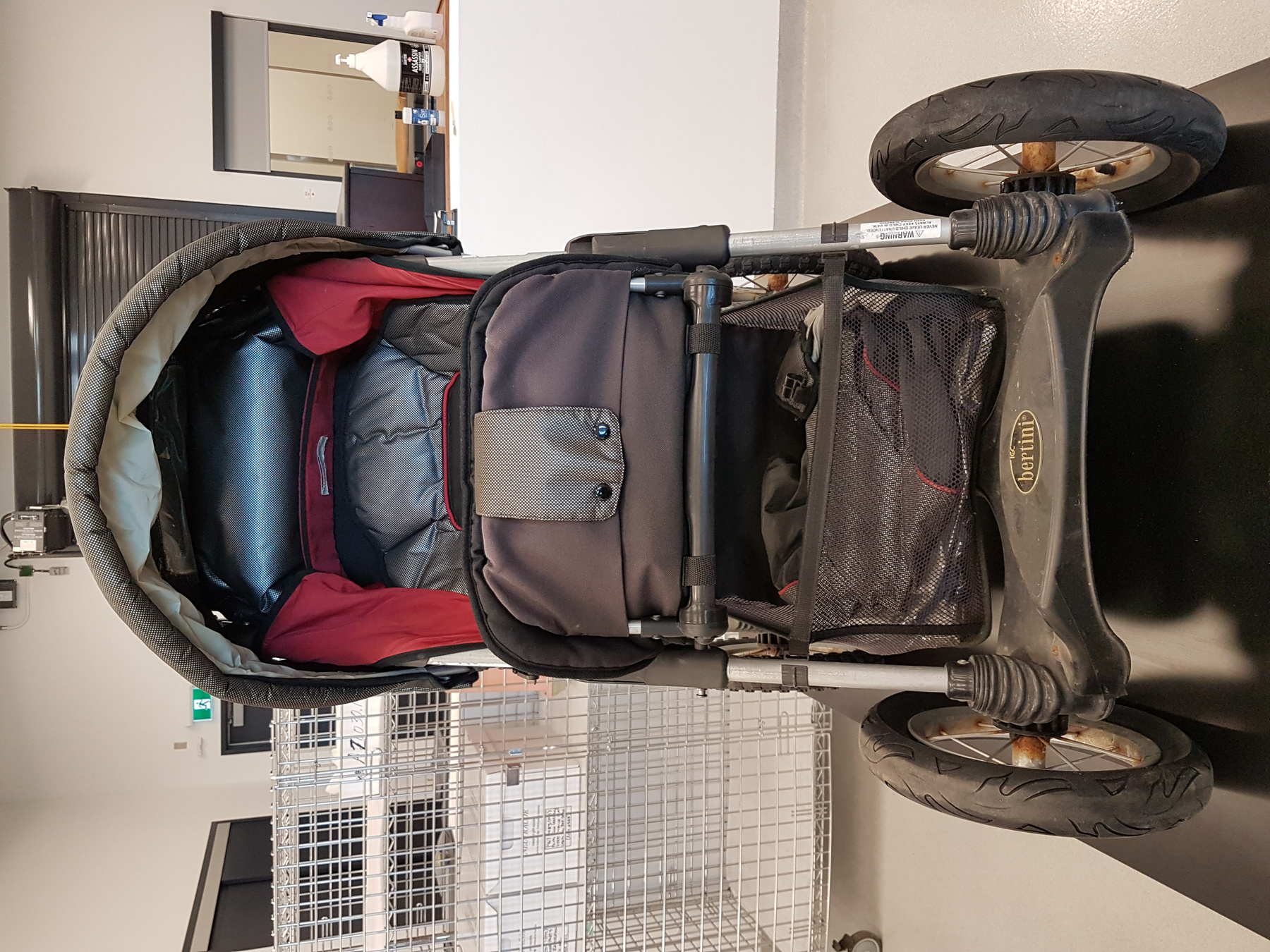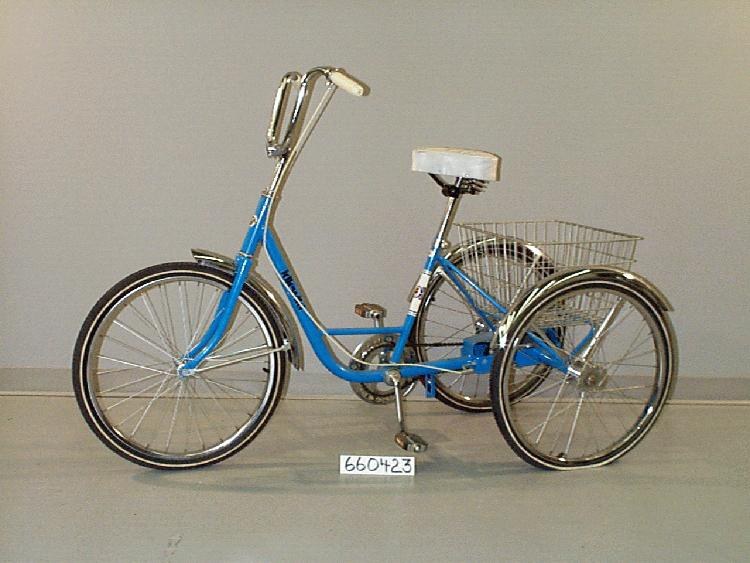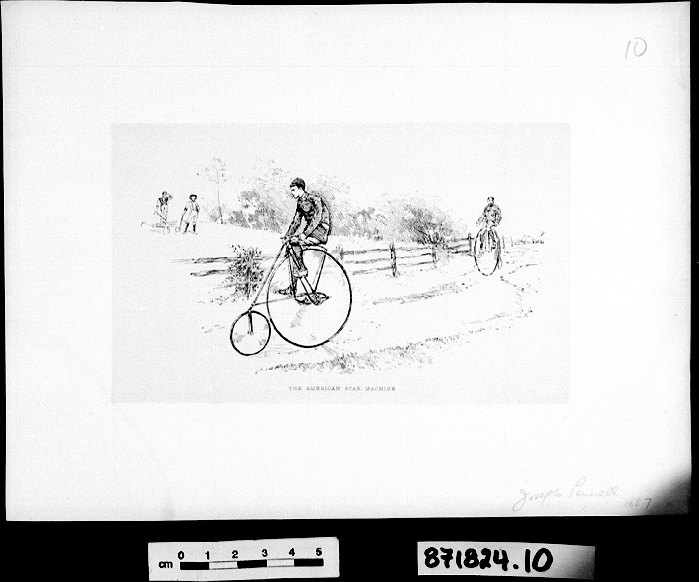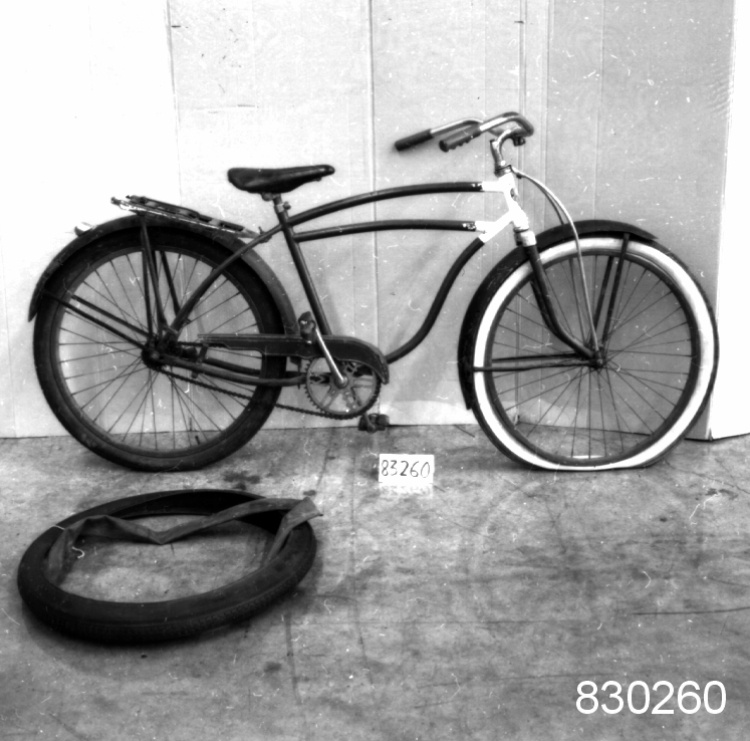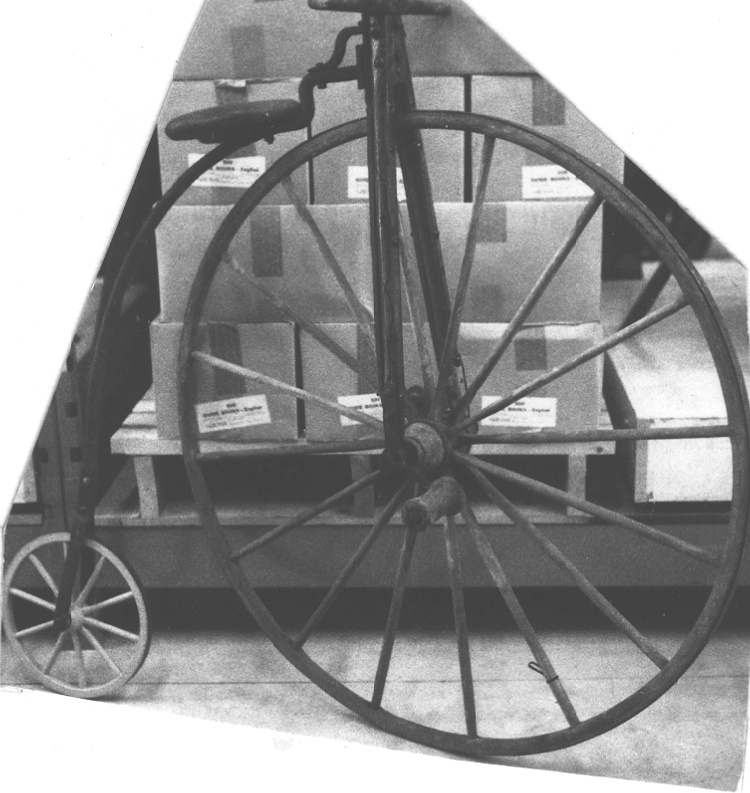Bicycle
Use this image
Can I reuse this image without permission? Yes
Object images on the Ingenium Collection’s portal have the following Creative Commons license:
Copyright Ingenium / CC BY-NC-ND (Attribution-NonCommercial 4.0 International (CC BY-NC 4.0)
ATTRIBUTE THIS IMAGE
Ingenium,
1976.0317.001
Permalink:
Ingenium is releasing this image under the Creative Commons licensing framework, and encourages downloading and reuse for non-commercial purposes. Please acknowledge Ingenium and cite the artifact number.
DOWNLOAD IMAGEPURCHASE THIS IMAGE
This image is free for non-commercial use.
For commercial use, please consult our Reproduction Fees and contact us to purchase the image.
- OBJECT TYPE
- ordinary/racing/direct drive
- DATE
- 1870
- ARTIFACT NUMBER
- 1976.0317.001
- MANUFACTURER
- Unknown
- MODEL
- Unknown
- LOCATION
- Unknown
More Information
General Information
- Serial #
- N/A
- Part Number
- 1
- Total Parts
- 2
- AKA
- N/A
- Patents
- N/A
- General Description
- IRON FRAME AND WHEEL RIMS/ WOODEN PARTS OF FRAME, WHEELS, SPOKES, PEDALS/ LEATHER SEAT
Dimensions
Note: These reflect the general size for storage and are not necessarily representative of the object's true dimensions.
- Length
- 156.0 cm
- Width
- 47.5 cm
- Height
- 144.0 cm
- Thickness
- N/A
- Weight
- N/A
- Diameter
- N/A
- Volume
- N/A
Lexicon
- Group
- Non-motorized Ground Transportation
- Category
- Cycles & cycling
- Sub-Category
- N/A
Manufacturer
- AKA
- Unknown
- Country
- Unknown
- State/Province
- Unknown
- City
- Unknown
Context
- Country
- Unknown
- State/Province
- Unknown
- Period
- Unknown
- Canada
-
In Canada the boneshaker and the ordinary bicycle were used largely for pleasure and sport. The first club for Ordinary bicycles was opened in 1878 in Montreal. Le bicycle ordinaire et le bicycle boneshaker était utilisé au Canada pour des activités de recréation et aussi pour le sport. Le tout premier club pour les bicycles Ordinaires a ouvert ces portes à Montréal en 1878. - Function
-
This artifact functions as a means of transportation for a rider. Ce vélocipède fonctionne comme un moyen de transport pour un coureur. - Technical
-
This velocipede employs the same wood techniques for its construction in the boneshakers, likely as a way to save on costs and weight. The large wheel made the ride more comfortable, at the cost of making it harder to control. At first, bicycle makers were skeptical of implementing wire spokes on their wheels, assuming that the rigidity of the bicycle would suffer as a result. To compensate for the increased weight of making the front wheel bigger, bicycle designers made the rear wheels smaller, particularly for later wire-spoked variants. Ce vélocipède utilise les mêmes techniques de construction comme celle des boneshakers pour diminuer les coûts de production ainsi que pour diminuer son poids. La grande roue permettait au coureur de voyager avec plus de confort, mais le cout était que le vélocipède était plus difficile à contrôler. Les fabriquant des bicycles était plutôt sceptique de la conception d'une roue à rayons métalliques, car ils pensaient que la robustesse du bicycle allait diminuer. Les fabricants ont rétréci la largeur de la roue arrière pour compenser avec l'augmentation du poids causé par la grande roue en avant du vélocipède. Ceci était plutôt commun avec les modèles qui utilisaient les roues à rayons métalliques. - Area Notes
-
Unknown
Details
- Markings
- N/A
- Missing
- NIL; PARTIALLY RESTORED
- Finish
- LACQUERED WOOD
- Decoration
- BOLD BLACK LINE DESIGNS ON WOODEN PART OF FRAME AND WHEELS/ BLACK HANDLES/ FINE YELLOW LINE DESIGNS ON FRAME AND HANDLES
CITE THIS OBJECT
If you choose to share our information about this collection object, please cite:
Unknown Manufacturer, Bicycle, circa 1870, Artifact no. 1976.0317, Ingenium – Canada’s Museums of Science and Innovation, http://collection.ingeniumcanada.org/en/item/1976.0317.001/
FEEDBACK
Submit a question or comment about this artifact.
More Like This
